0 Comments
Why Care About Spray-Free Vegetables? How do they Benefit You?
Spray-free vegetables are important because they are in their natural state with nothing added. When you buy spray-free broccoli, you are just getting broccoli. This is how people have eaten for most of our history, until pesticide use became widespread only in the 1950s. Pesticides are poisons that can affect far more than just the pest they are intended to, and even though they are legal does not make them safe. They are affecting our bee populations, micro-organisms in the soil, life in waterways, and are harmful to the health of humans too, including causing cancer. When you purchase and eat spray-free veggies you are benefiting your own health and the health of the environment. You are also supporting small-scale farmers who are taking care of their land and keeping it fertile for future generations to feed themselves with. It is in everyone’s interest to keep the environment healthy since it is what we all have in common. Buying from a local spray-free producer also has other pluses: the food is fresher, more nutritious, lasts longer and tastes better! Every dollar you spend on spray-free vegetables lets farmers continue to produce them; you are casting a vote for the world you want! About Our Farm: Our farm is small and enable us to take the risks necessary to operate a spray-free farm. We have few employees that depend on us so we are able to adapt to crop losses as needed. Our insurance lies within the diversity of our farm crops making us stronger against weather’s adverse and unpredictable conditions . Our farm allows nature to dictate production, as it should be. As a species we like to take “control” by overtaking natural systems as though they are irrelevant but they aren’t - nature knows balance best! About Our Health: The natural world is mirroring what is happening within our bodies, what is done to it is done to us. The poison we give is also the poison we take. We are allowed to carry on this way because over the counter drugs makes it very easy for us to abuse our bodies and remedy the discomfort but not the sickness. This sickness is allowed to fester relatively unnoticed . As long as we view ourselves (humans) as something separate from the natural world we will never be able to access a holistic and healing life force. So much faith is put into the “regulatory systems” to protect us (from harmful chemicals) but these systems are for big business, not for you and me. Misplaced faith is a dangerous game. Choosing local is the safest bet by far! I like to think of CSA's like different types of music. Not all music is for everyone. We all search out the music that resonates with us and CSA's are very much like this each having it's own vibe! So what is a CSA and what's our CSA vibe? CSA stands for Community Supported Agriculture, this is where a community member commits to a set number of weeks where they will be supplied with a weekly share of produce from a farm. Our farm offers a 5 week spring share (4-6 items) at $20/week for the whole month of June & a 20 week main season share (6-10 items) at $30/week from July to November. Shares contain in season produce such as veggies, herbs and fruit to make up the weekly value you've paid for in advance. This arrangement ensures the freshest food for members and financial stability for the farmer and a brighter future for all! Our vibe is rooted around care, communication & creativity! Every member uses each of these offerings a little differently. Our highly artistic members often want all the colorful and weird veggies they can get their hands on and depend own their own creativity to make the most of their shares which is so beautiful. Other members have cautious curiosity and need more communication around how to use their share because they want to honor the food and not waste it - these customers have really made our CSA what it is today. Then we have the tender hearted members that need to know their food is grown with care and will jump through hoops to get just that! Through this blend we end up with the most amazing members and without even knowing it they cultivate space for each other. We can communicate more deeply with those who need it because the creative bunch forge forward in their own way and we can give more care because the tender hearted are always filling our hearts. So that's the vibe or as close as I can get to it!
We like to sweeten it with a spoonful of maple syrup or honey, and it also tastes great with cinnamon, nutmeg and anise sprinkled on top. It is also great with a hot chocolate mix, we call it "hot chagy". We are big fans of chaga and other herbal teas and drink them all the time!
All of the chaga sold through our farm is harvested sustainably in various locations around Nova Scotia (including the woods surrounding our farm). "Sustainably harvested" means that there is a good portion of the chaga mass left on the tree to let it regrow from, the tree is not cut into or damaged and many different locations are used for foraging. After being harvested the chaga is dried for a few days and then ground up with a hand grinder. Foraging couple Aaron and Ari have a deep love and caring for nature and respect the entire process, they search out this wonderful piece of nature in the forests of Nova Scotia, dry it and then we grind it and package it for you! Stay tuned for the summer when they may or may not have more different wild foraged mushrooms available through our farm! ;) You can purchase our chaga here through WFM2go which is an online ordering and delivery service offered through the Wolfville Farmers Market with pickup hubs in Halifax, Tantallon, Dartmouth, Bedford, Kentville, Berwick, & Windsor. Delivery days are Saturday & Wednesday! I wanted to write something to reiterate our commitment to sustainable growing practices, so here is is: Do you spray pesticides? On our farm we NEVER spray our veggies. This includes synthetic as well as organic-approved pesticides. The trouble with synthetic pesticides are well known, there are dangers of cancer and other health problems to consumers that eat veggies that have pesticides sprayed on them. There is danger to the insect population (including those that the sprays are not intended for), insects are a vital part of the ecosystem of the earth. There is danger to wildlife, waterways and soil biology. We also do not use organic-approved pesticides because even though they can be safer, there are still dangers to insects such as honeybees that the pesticides are not intended for, that is our decision for our farm and it’s what we feel comfortable doing within our little piece of nature. A lot of people are skeptical when a farm says they are no-spray but please take into account all the hard work, sweat, stress, planning, adapting, and tough times that go into running a farm, please believe the farmer! Also if you are still not convinced, you are cordially invited to come down to our farm and “catch us in the act” at any time… you will not find us spraying pesticides on our vegetables. So how do you control pest insects then? A lot of people think that you cannot grow crops without using some sort of pesticide, in our experience this is not true… you just have to be a bit more creative, adaptable and observant! The first and foremost method we use is letting nature do it’s thing, our farm is surrounded by forest, a river, fields, a ravine, streams, and lots of wild areas where wildflowers grow. By leaving most of the land in its natural state, we are inviting the natural ecosystem into our veggie fields - this includes beneficial predatory insects, predatory animals and birds and even native fungi and bacterias. We also use natural products such as wood ash and diatomaceous earth to deter pests, as well as mulching with hay and straw that provides places for predatory insects to live right next to the crops. We use natural fertilizers like compost tea and alfalfa meal which help the plants grow fast and big, a healthy plant is less susceptible to pests. Something we are even trying this year is simply daily sweeping pest insects off the plants so they are slowed down and more susceptible to predators. We also just squish them as well! Sometimes we don’t even do anything because the pest chews on the plant for awhile but then ceases to be a problem, and if you are using pesticides as soon as you see a pest you might never realize this. How do you control weeds? We NEVER use herbicides. Herbicides, like pesticides can be damaging to wildlife as well as people. All of the weeding on our farm is done by hand, either pulling them out by hand or using a hula hoe (the most useful hand tool we’ve found!). We mulch the soil with hay or straw or reused sheets of greenhouse plastic to keep weeds from growing in the first place. We also have a flame-weeder where you hold a flame right over the weeds after they emerge. We also sometimes just leave weeds if they are not competing with a crop for nutrients, because they have a place in the ecosystem too and are good for the soil. Dandelions and clover are excellent for soil health. Lambs-quarters are a favourite food of aphids, so if you leave some growing the aphids will choose them over your spinach! Edible weeds can also be a nutritious snack for a farmer working a long day in the fields. They can also be harvested and turned into compost tea which is very nutritious for crops. Hand-weeding is the most time consuming part of our farm but it allows us to stay in touch with the crop health, soil health and notice useful things that we may not otherwise see. How do you fertilize? We NEVER use synthetic fertilizers. These are mined, then processed in large industrial plants and are bad for the environment both by the impact mining has on natural areas as well as all the energy used and pollution produced. When used on fields they can kill microorganisms and fungi that make the soil healthy, as well as run off into waterways and cause algae blooms and other problems. We opt to use all natural and organic fertilizers such as cow manure, compost tea, alfalfa meal and kelp meal. These are more gentle and natural to the soil and add to organic matter, which feeds micro-organisms and makes for healthier, more nutritious and tastier veggies! We also use cover crops such as clover, buckwheat, oats and rye which can be seeded and them chopped and tilled into the soil for fertilizer. You are effectively growing your own fertilizer! That’s how nature does - it with naturally occurring weeds and grass. Why don’t your veggies look as good as the ones in the grocery store? Because our veggies aren’t grown in a strictly controlled environment like a heavily sprayed field or a hydroponic greenhouse. Most produce at our grocery stores are grown on large farms in other countries where workers are paid very low wages and the environmental impact is not considered important, then they are shipped here, and it may be weeks old by the time you purchase it - while they may superficially look better there is a lot of ugliness that goes into producing them. Our veggies on the other hand are grown within the natural ecosystem which means they come into contact with insects that are also looking to eat them for nutrition. This means that when the veggies get to you, the buyer, they may have some holes in them. This does not mean were don’t care about the quality of our produce, we care deeply about getting the best quality veggies to you, but we are looking at a deeper quality that does not just take into account the surface of the vegetable. We care about what you can’t see: the nutrition, the lack of harmful pesticides and the environmental impacts of growing it. Our veggies may have holes or scars but it’s because they have a story, they are a piece of nature that grew under the sun, in the soil, through wind and rain and have made their way to you to feed yourself and your family and keep your body healthy. When going through a farmers market and you see a vegetable that is “ugly”, please don’t assume it is not good to eat, the farmer brought it there because it is the fruits of their labour and we would not intentionally try to sell you something that is off or rotten, we are literally standing behind our produce! If it’s there on the table, it’s good to eat - and a farmer would know because we tend to eat the uglier produce ourselves and keep the best looking stuff for customers because we know it is always the scarred pepper or squash that will be left last in the basket. Aren’t you being a little extreme? This is the choice of how we run our farm and everything we decide to do comes with a lot of forethought and deep considerations. We are looking to nature and the thousands of years of vegetable farming as our guide in what to do. Pesticides only became widely used in the 1950’s, before that every vegetable was spray-free. Yes, government scientists and policy makers say they are ok to use when following the label, but science and policy is not infallible and they get things wrong all the time. Look at DDT for example, it won’t surprise me when glyphosate is considered in the same vein in the future. With all that being said, we do the best we can do and that’s all we expect anyone to do, everything you need or want is not available at farmers markets so it is inevitable that we all will consume something containing pesticides at some point in our lives. This does not mean we shouldn’t strive for doing the best we can by ourselves and the natural world and do what we can, when we can! The world is not black and white, and just because you buy lettuce that was grown in California one day, does not mean that you can’t try to buy locally grown lettuce when you can. Why aren’t you certified organic? We care deeply about the health of nature and the health of people, who are a part of nature even if we don’t consider ourselves to be. We have chosen at this time to not certify our fields as organic because there are problems with organic certification (along with all the good it does). It is a lot of extra work (paperwork) on top of all the work farmers already do, it restricts what you can use on your fields to just what is approved, and you often can not sell your produce for any more to make up for all the extra work. Also, organic standards differ greatly between countries, so an organic veggie from Canada or the US are not grown to the same standards. Also, with organic certifying bodies considering adding such unsustainable growing methods as hydroponic farming to Organic, their judgement is a little questionable. Also, you can lose your certification just by reporting some pesticide drifting in from a neighboring farm, so they are disincentivizing honesty in that way. Really, it is all set up backwards... farms who use pesticides should have to label every pesticide they spray on their veggies, not the ones who don't spray anything! Why should we buy your produce? Simply because we are putting everything we’ve got into growing the best veggies for you in the best possible way, we put our heart, soul, mind and body into every crop we grow! Happy Eating!
So last spring we were asked by Tracy Horsman, the Project Coordinator, if we would like to participate in the “Community Roots” program where the Valley Community Learning Association, in association with NS Works and the NS Dept of Community Services would provide funding to employ fellow community members. This would require us to learn lots of new things that often seem scarier in our minds then they actually were. We write this blog post to share our experience in hopes to inspire other small farms that may be contemplating hiring employees through this program. Below are the steps we went through...
The very first thing we had to do was apply for Workers’ Compensation for the number of employees we planned to have. We simply filled out an online form that took all of 5 minutes and then received a letter by mail a couple weeks later with our rate and WCB number. The cost of the WCB was very affordable and paid in conjunction with your wage deductions you made every month. Next thing was setting up payroll, something we have never done before. At first we thought we could do it all ourselves, like most things on the farm, but soon realized it was causing way more stress than we needed. We decided to call the bank and ask to be set up with payroll and they put us in contact with ADP. We spent about an hour on the phone with ADP setting up our payroll for our two employees. After that we just log on to our ADP account every two weeks and enter the hours worked by our employees. ADP not only paid our employees through direct deposit but also took care of all the CRA & WCB deductions that needed to be paid. We also have access to all the required documents needed for our employees and our accountant through ADP. The cost is around $45/month and you pay ONLY the months that you used it! ADP also offered additional help by phone for the first 30 days if needed but honestly the system was super intuitive so we just had that one call and were good to go. Now we were all ready to get some employees! At first we wanted to start with just one full time person but Tracy convinced us to get a second employee which was a GREAT decision. Having two employees allowed us to match up strengths and weaknesses in each of our employees to ensure a better outcome for all involved. Something we had never considered before! We are now set on a 2 person minimum and would possibly go to 4 depending on how our farm grows. The first week the employees came to the farm with a Job Coach (Zak), which was super helpful as we made this transition. Zak essentially gave us breathing room to keep running the farm while integrating/training new employees.. Not only was he a layer of support for us but also for the employees. Let’s be real, farming doesn’t come easy! We feel that Zak’s position was crucially important to helping all of us thrive and was a key piece to this program that allowed us to keep going. It wasn’t all easy and we expected that, after all this was our first true go at hiring people to work on the farm. There were lots of lessons to learn. I often feel your first attempt at something is just to spot out all your weak points and then work from there. The first mistake we made was trying too hard to make everyone feel comfortable. While this is important, it shouldn’t come at an expense. We often want something to work out so badly that we will turn a blind eye to something small and that is the thing that will show up again but as a bigger problem. Address the small things right away! If correcting that small thing ends things then it just wasn’t meant to be, move on. Everything that is being said about having employees should certainly apply to life in general. If your choice is not to have employees because of those problems listed above, I can assure you those problems already exist in other aspects of your life and by having employees you can improve these skills and possibly improve your life. I know this is a big leap but I feel it is so important to point out. With all of that said we look forward to employing more people this year. Having employees last season showed us how much better we could do! We increased production with the same amount of space despite the dry year we had. Our farm was more organized allowing for production to follow more easily. Project times were done 4X faster allowing us to complete more tasks in a day, which kept us on or ahead of schedule. We were able to harvest SO MUCH more crops in a day. I mean the list could go on. To put it simply this was the best we ever farmed. Now for my number people out there wondering how much did this all end up costing us! It cost us $1049.31 for 483 hours of labor, meaning we paid $2.17/hour out of our own pocket, the rest was paid by funding. This was with hourly wages at $15 & $16. We would pay the 2 weeks worth of wages out of pocket, submit the pay stubs via email and be reimbursed the majority in 2-4 days directly into our bank account and the rest by cheque within the week. We were always fully reimbursed before the next pay period making the cash flow really easy to manage. Often with funding programs you are putting all your own money upfront and being reimbursed the following year which works if you have more cash flow to begin with but not so much if you don’t. We have participated in a couple funding programs most of which left us running in the other direction and while this program isn’t perfect (is anything perfect it’s first go around?) we would love to continue with this program. We see so much potential in this program, not just for us but for the community too. This program is more layered and requires many levels of cooperation which doesn’t appeal to people on a governmental level but to be honest all our problems are intertwined and working in conjunction is the best way forward. We believe this is the program of the future and that is what we like about it! There is one last thing I want to squeeze in here. Tracy you are amazing! You have so much heart for what you do. You want to be better and raise people up at the same time < this is a rare quality and we want to say we appreciate all that you have done and continue to do! :) Ah, 2020... the year that felt like 10 years.
We went into this year thinking: "ok, we've finally got the farm exactly how we want it." After 10 years of farming trial and error we finally had it just right... but as we all know 2020 was not like any other year at all. In fact, it almost felt at times like it was our first year of farming again, everything that had been set in stone was now unsteady. But we got through it just fine, thanks to having a strong but adaptable system in place for how we run our farm and for the connections we have with people mostly centered around the Wolfville Farmers Market: farmers, vendors, staff and the people who actually buy our vegetables! Everyone who joined our CSA, ordered through WFM2go or came to the Market we just want to say THANK YOU!!! You have helped make this our most successful year of farming despite a pandemic... that is simply amazing. We simply and humbly grow veggies according to our values, that are obviously shared by a lot of people, which are to try and keep our little piece of nature as healthy as possible while growing food for people as naturally as possible. It is so fulfilling to have you all on this journey with us and we are so excited as even more people join in on this sustainable food movement. It feels good, it's good for you and it's good for nature. What could be better than that?? So what's gone on this year?! Well let me tell you! (there's a lot haha) January A new business was finally approved on the farm after about a year of back and forth with Health Canada, it something you grow but it won't be going into our CSA shares!! haha. The new business is: Annapolis Valley Craft Cannabis! This is a Micro-Cultivation License, that means we are able to produce small batches for the legal market, which in Nova Scotia means it would eventually be sold through NSLC (the only legal retailer in NS). This is a family business and we're growing the cannabis basically like we grow our vegetables, in the sun and soil and with natural and organic fertilizers, this is much different than most of the large-scale licensed producers who grow indoors hydroponically with no soil, synthetic fertilizers and under lights. We know that vegetables taste better grown naturally so we wanted to produce the same quality in our new business. We hope that people who support sustainable vegetable farming and also enjoy cannabis will enjoy our new venture :) February This month was mostly planning the year ahead, investigating new varieties of vegetables to grow, ordering seeds, and taking a bit of a breather from the more hectic seasons... that's one great thing about winter in Nova Scotia is is forces you to slow down. March As you know this month is when the pandemic reached our province. As things started to get closed down and travel became more restricted, the interest in WFM2go shot way up! We were selling more veggies at this time of year than ever before, and though late winter/early spring is not our most abundant time, other farmers with larger storage space had a huge increase in sales as well. WFM2go had mostly been delivered with one vehicle up to this point but now they were above capacity so we began to help with deliveries using a second vehicle (from my dad's company Annapolis Valley Air Management) for the next couple months as the lockdown was happening and interest in safe, local food delivery was at an all time high. I would like to say a special thanks to the wonderful staff at the market for their adaptability and foreward thinking during this pandemic as they were under huge pressure to scale up and organize for this huge increase in demand (all while working under tighter restrictions), without them our farm would not have weathered this year as well as it has. THANK YOU!!!! Also this month we were able to start tomato, pepper, eggplant and a few other crops thanks to a new warm indoor growing area! Usually we start them in our unheated greenhouse which can get quite cold in the spring, and though they normally do ok it is a slow start for them. Also our greenhouse plastic had been ripped off by a strong wind storm over the winter so that was not an option at the time. We think starting these plants nice and early, plus having such a hot summer allowed us such an abundant harvest this year. We sometimes wondered if the CSA members were getting sick of all the tomatoes, but I mean come on-they're tomatoes!!! April We were finally able to get some new plastic for the greenhouse so got that all set up and began seeding trays in there like crazy... lots and lots of seeds. We continued helping with WFM2go deliveries. The soil in our sandy fields was ready to be worked, we we began to get those prepared and we were able to get our seed potatoes in the ground nice and early. Also dug lots of sunchokes that had overwintered in the soil. May My brother and sister had both had their jobs close down because of Covid so decided to come help on the farm a few days a week. This was a huge help and really helped us get the season started well. The farmers market was still closed due to restrictions, so that also gave us more time to prepare fields and start lots and lots of seeds both in the greenhouse and in the fields. We got our first transplants in the fields, our first field crops were germinating and the perennial fruit, herbs and vegetables were all waking up. June When this month hit it was instantly hot and dry like the middle of summer, usually May and June we get a decent soaking of rain and mild temperatures but not this year. Instant summer! During this month there were news articles going around that talked about how the larger farms were having difficulty finding local workers to replace the immigrant workers that were held up by Covid restrictions. Meanwhile we were fielding lots of calls and emails from people inspired by our farm and wanting to work here. We unfortunately don't make a lot of extra money doing this, beyond keeping ourselves and the business going, so that is not something we could afford. I wrote a blog post highlighting the discrepancy between what kind of farm people are excited to work on (small-scale and sustainable) while large industrial farms were having trouble attracting workers. This led to a reporter who wrote one of these articles contacting us and writing another one including our experience. That led to lots of people talking about how they agreed with my sentiments, including Tracey Horsman who was starting a new pilot program with the Valley Community Learning Association pairing farms with workers, where most of the wages for the workers would be recompensated by the government and the VCLA. We would be getting some workers this year after all! We'll talk more about this experience in a different blog post but I just wanted to point out the sequence of events - sharing your experience can bring help in the most unexpected and impossible-seeming ways. The crops were growing quite well despite the lack of rain. There was lots of hand watering done this month (and for the most part of the summer for that matter). We don't usually need to irrigate, nor do we have alot of infrastructure for irrigation, so this was quite a big change. One thing we've learned over the years that we think helped our crops resiliency this year was planting stuff closer together! We used to go by the standard spacing that is often written on the seed packets, however over the years we've seen that during drier weather plants are better able to shade the soil and therefore retain moisture better. This is especially true of squash, we've found you can plant them quite close and they just vine around each other and are quite happy growing that way! Our CSA started this month and right from the get-go we had a huge abundance to go in every share, and this continued for the entire season. The CSA is delivered through WFM2go and we are so grateful to have this service because it would have fallen on us to figure out how to safely deliver everything during Covid with many businesses being closed. There was still a huge uptake of our individual items and single "veggie boxes" through WFM2go which continued the whole year. Oh! And a porpoise swam up the river to visit the farm! July Very hot and dry this month too. Farmers will tell you the summers are getting hotter and drier and the weathers getting more unpredictable. It is obvious. This makes our food system more unstable, because a late frost can kill a field of squash while the plants are still tiny, a sudden downpour of rain on dry soil can wash away freshly planted seeds, and hot and dry weather can stress certain plants to be more susceptible to pests. This is definitely the main crisis of our age, and we need to vote for policies that protect nature, and if no politician has the guts to bring them forward then we have to make it happen and shout it from the rooftops!! There is no economy without people! And beyond that, we need to feel reverence for the earth that gave us life. We are inseparable from it. With that said, we grow many different crops and that allows us to be adaptable in the face of the climate crisis. On cooler, wet years our arugula will do very well but our peppers will struggle. On hot, dry years the tomatoes will do great but the potatoes may have a harder time. This year we did indeed have problems with our regular potatoes, carrots (at the beginning) arugula and other greens, but the sweet potatoes, tomatoes, peppers, eggplants, squash and basil did phenomenal. This is why polyculture is more sustainable than monoculture, it is more adaptable to different weather. This month the two employees from the VCLA's pilot program started and they were hugely helpful in getting stuff done around the farm, including things have been on our to-do wish list for a long time. We find with farming there is alot of prioritizing with certain jobs and some that are not urgent can go years before theyre done. For example, one of the barn doors had been blown off its track by a strong wind a year or two ago, and we finally had the time to fix it! It seems like a small thing but those to-do projects start to build up and having some extra help this year really helped. The Saturday Market started this month, outdoors and with many safety precautions in place. We attended a few markets this month but found there was still reluctance of customers to come out in big numbers, so we decided to wait until September to come back weekly since we were having good sales online through WFM2go. We got our fall crops seeded and transplanted nice and early this month, stuff like broccoli, cabbage, raddichio, bok choy, turnips and napa cabbage. We normally plant them in August but have had cold autumns the past few years and sometimes these crops didn't get to be all they could be. This turned out to be a great decision even though this autumn didn't turn out overly cold. August August was hot and dry... noticing a trend? haha. We had very little rain until a couple decent showers at the end of the month that we jumped up and down and celebrated for. The grass was getting quite brown and crispy, and honestly it did not feel like we were in Nova Scotia, more like Tennessee or something. Despite all this we were having amazing production of veggies. I think this was due to the fact that we had so much time at the beginning to prepare the fields well, and lots of help with weeding and watering, and the fact that we decided to plant extra crops this year just because we knew there would be people that would be struggling due to lack of work and we wanted to be able to share with them. We started bringing veggies to the Canning Foodbank because they now take fresh food and it was great to be able to do that. One interesting point is that they said they were actually having less people come to the foodbank because people were on CERB. It's supposed to be the minimum people need to get by, but yet it's more then what people are making at their jobs??? This should be obvious that people are not making a living wage working minimum wage, and it points to the fact that minimum wage is not actually "the minimum needed to survive." I urge you to look into Universal Basic Income and think about what that could do to make our society stable for everyone. August was non-stop work in the blazing heat but every delicious cucumber, bean and zucchini grown was so worth it!!! September The heat got a bit milder and the rain a little more plentiful, and the moisture doesn't leave the soil as fast when the suns not beating down. The fall crops were growing great now that they had access to more moisture. The crops were full on, september is great because you have the summer veggies like tomatoes but are also starting on winter veggies like squash. We harvested our first carrots this month, they really struggle from a lack of rain so were finally ready now. Also harvested a generous crop of squash which loved the hot weather and even though that field got quite neglected at the end (lots of amaranth) it still did really well. I (Adam) was quite busy with the cannabis harvest at Annapolis Valley Craft Cannabis at this point so Courtney had to take on quite a bit managing the vegetable harvest and the two employees, she's quite the amazing farmer and business operator and I am constantly amazed by all she is able to keep track of and keep organized. Sometimes at the farmers market people will assume that I am the farmer and she's the "farmer's wife" but she is so much more than that. Our farm would not be what it is without her!!!! She is one tough cookie! (and can lift heavy bins of carrots just as well as me!) GO WOMEN FARMERS GO!!!!!!! October This month brought the abundance of fall crops and a flurry of harvesting. The weather was colder but not too bad, so lots of crops continued to grow and produce. We had our best broccoli production ever this month, and well as our sweet potato harvest was "off the chain", we brought in hundreds of pounds and were able to successfully cure them in our greenhouse because there was still enough sun and heat. This month both of our employees quit within a week of each other and left Courtney to handle the veggies compltely for a few weeks while I finished the cannabis harvest. This was difficult to be stretched so thin, but Courtney is able to handle most things life throws at her. And after that I was able to jump back in and we got a great amount of carrots, beets, mustard root, sunchokes, winter radish and turnips in the cooler. Speaking of mustard root, this is a great new vegetable! (new to North America anyways)! We are always experimenting, trying out new crops that aren't commonly grown because we know just because no one's growing them doesn't mean they're not awesome, and this vegetable definitely fits with that. It looks like a turnip but is green instead of purple, grows quite large and fast, and has a sweet and tender flavour that's great fresh or cooked! Jack pot! Another great new one we grew this year is Upland Cress, which is spicy like watercress when raw and tastes like spinach when cooked. This green is very cold hardy and is producing well into the cold weather, and is such a nice dark green colour. We love growing new vegetables and sharing them, its exciting to try new things because it shows you just how little of the world's bounty we use in our daily life. Don't believe me? Go look at Richters Seeds (www.richters.com) under "Basil" and see how many types there are! Or go to www.strictlymedicinalseeds.com and look under "Rhubarb". November Its been pretty mild considering this time of year, lots of rain, just a touch of snow... and crops are hanging on longer in the field then we thought they would -we still have bok choy, fennel and mizuna growing somehow?? This month brings finally a slower pace and some time to catch a deep breath. The days are shorter and what light we get is usually covered by thick grey clouds. This gave us time to think of the year behind us and how we never could have guessed what our 10th year of farming would hold for us. It's really been quite the time to say the least!! We still have the last carrots, turnips and mustard root to harvest which will go into our fuller-than-ever cooler. And there's a lot of rain in the forecast... all we missed in the summer I suppose. December Hasn't happened yet! Hope it's good! Looking ahead, I know our farm is on the right path. We are trying to be as self-sustainable as possible with limited inputs from off the farm, which allow us to not be as dependent on government and industry instability. We will always plant diverse crops that will allow us to adapt to variable weather conditions. We don't use pesticides or chemical fertilizers and that allows our soil and surrounding nature to stay healthy and resilient. We take small solid steps forward, don't overextend ourselves (too much), reuse and make use of everything we have already (veggie totes missing handles), and staying true to our principles while constantly re-evaluating them. Here's the next decade of farming! Today was a rainy day - finally, me and my wife got started early to plant our 750 winter squash transplants that were bursting in their pots. When we stopped for lunch, I browsed my facebook feed... oh look a farming article, opened it and read it. The article was about large farms not having enough workers to make up for the lack of seasonal farm workers that have been delayed or stopped at the border due to the coronavirus. What the article was implying is that the government is paying students to stay home when they could be working on farms, and the comments of the farmers in the article and the comments below were along the lines of "you can't get young people to do hard labour anymore." In the comments someone went so far as to mention that young people are out protesting and fighting for their future but yet won't work on a farm and get their hands dirty.
This felt off to me, just as it does every time an article comes out like this (which seems like every month or so...), so I mentioned it to my wife and she said "well we've had more people asking to work on our farm then ever!". Then something clicked in my brain: we, a small-scale farm have people searching us out and wanting to work for us, but we don't have enough money to pay them VS. a large scale industrial farm who has more access to government funding and therefore money to pay them can't find workers...? Hmm, there's something there, maybe that should be the narrative? Young people are inspired by spray-free/organic, small-scale sustainable farming practices and are reaching out to us with no effort on our part, no job postings, but we cannot pay them because we barely make enough to survive on ourselves (figured it out one day, the 2 of us make less than minimum wage). We continue to do this because we are crazy enough to care more deeply about doing right by the environment and the people we keep fed then the amount of money we make. We are only able to do this by a synchronization of harmonizing forces of support from many, many different people: family, friends, farmers, small business owners, customers, farmers market staff, basically the community as a whole helping and supporting us and just the general momentum of interest in local food and businesses, listening to what people are saying they want, seeing how they are using the produce, and endless researching of new crops and varieties of crops to grow, it is very much an exchange of information, a connection to a wider community and and just simply following *what feels right*. This is why it bothers me when some of the older generations say that millennial and the younger generations don't want to work (I am a millennial, yes, though I have some white hairs). I believe that young people want to work, and will work, but it has to be on something they care about - because they are informed about the state of the world. It is obvious to us that large scale industrial farming (chemical fertilizer and pesticide using, overworking the soil, monocultures) is unsustainable and cannot go on. It makes me sick to my stomach driving by a field that is all yellow because it was just sprayed with glyphosate, or seeing a field so ultimately weedless you know there is barely any microbiological life in it due to years of over working, over harvesting, spraying and applications of chemical fertilizer. Young people are working toward their future, and yes maybe when you were young that meant getting a decent paying job that will provide you and your family with enough money to live on. Our generations do not see the world like that, we do not see stability in our futures, we know that everything could collapse at any moment and there is unlikely to be social security for us to rely on when we are older, let alone a stable climate. We want to do something that really matters. And yes, some of us get disenchanted and lost, we give up and just want to "enjoy our lives while we can" or we get depressed and kill ourselves - suicide rates for young people are the highest they've ever been. And why? We have a hard time seeing a good outcome for our lives with all the obstacles stacked against us. We want our lives to have meaning. We don't want to stick with the status quo because it is not working, it is broken. Back to my main point, many of the older large scale industrial farmers are complaining that the young people don't want to work. Maybe they just don't want to work *there*? I've worked on a few other farms and there are big differences between them. I've worked on an organic farm and I've worked on a few industrial-style farms... the difference between them are like night and day. Working at the organic farm I felt part of a team, I felt valued, I felt like I was doing something important and the people I worked with seemed to feel the same. The owners routinely checked in with how everyone was doing, and there was even one week in the middle of winter that we got 3 snow storms in one week and they paid everyone for the full week even though we had only been in to work a couple days. I don't think it hurts to mention the name of this farm - it was Taproot Farms. Contrast this with one of the conventional/industrial farms I worked on where the owner whistled to call the Jamaican workers to him like a dog, ran his forklift inside continually enough that there was an unbreathable haze in the air, and when I took him to the side to mention the other workers seemed very unhappy his reply was "don't worry about it". Now that I think about it, all of the conventional style farms I've worked on seemed to have a steady thread of disrespect or indifference, to their workers... or a just a lack of warmth maybe? maybe this is why they have a hard time finding workers? I know by saying this I am putting myself at odds with most of the farmers in the Valley, actually in most of North America. I am by no means trying to say that older conventional farmers are all bad, I am related to and know many of them and they are mostly nice, generous, hard-working people. I have the highest respect for farmers because no matter what type of farming you do it is never easy and you are often taken for granted. The point that I am suggesting is if you are having a hard time finding workers or selling your produce, maybe you should diversify your crops so if one fails then you still have something? maybe you should look into transitioning your farm into organic, or spray-free, or permaculture? Or grow a different crop that doesn't have as many pests? There are tonnes of people in my generation you could hire to help you make changes... hell, we'd probably give you advice for free just to help! Instead of throwing out thousands of seedlings cause you have no one to plant them, maybe speak to the community and see if they'll buy them from you? Speaking one-on-one to people in the community is what keeps our business alive, because we can understand what people want, what they care about, what they find intriguing and also help them understand farming. Word-of-mouth has been our main source of advertising, people like to talk about what they are excited about! Get creative! Get flexible! People will help you!!!!!!!!!!! Take for example the Wolfville Farmers Market online platform WFM2go, due to the community's huge surge in interest in local food due to the pandemic, they have been working around the clock to increase their capacity, they asked for volunteers and now have upwards of 30 young volunteers helping every week... why do they have that? Because they are supporting small producers and businesses that are working towards a sustainable future and our generations *care* about that, because the farmers market is showing they care about them too, and their future. Often people from older generations have the attitude "its too costly to be idealistic - just shut up, put your head down and work". What kind of world has that left us? I want to say to them - maybe it's too costly in the long-run to NOT be idealistic. If my farm failed tomorrow I would go work on another small scale, spray free or organic farm... as long as I was physically and mentally able. This is what I believe the future needs from me and so it is what I am committed to do, no matter how sore I feel at the end of the day, no matter how many sacrifices I have to make, financial or otherwise, no matter how many offhand comments I get - "oh, you're a farmer......why?". This is why - I am going to put all of my energy into activities that make sense to me, that make the future better for me, my family, everybody and everything. Let me give you another example of what young people can do when they are given a chance, take our friend Emily teBogt, she is a farmer in her mid-twenties who works unbelievably hard from sunrise to sunset growing a huge variety of vegetables, pork, lamb and eggs. She organizes it all herself, and does it all naturally, and her operation is always expanding. There are countless other examples of hardworking young farmers popping up every year in Nova Scotia who are using practices that reflect their values. We want to work, but we want to do something that makes sense in the long-term. Signed - a millennial farmer. |
AuthorOlde Furrow Farmers!! Archives
March 2024
Categories |
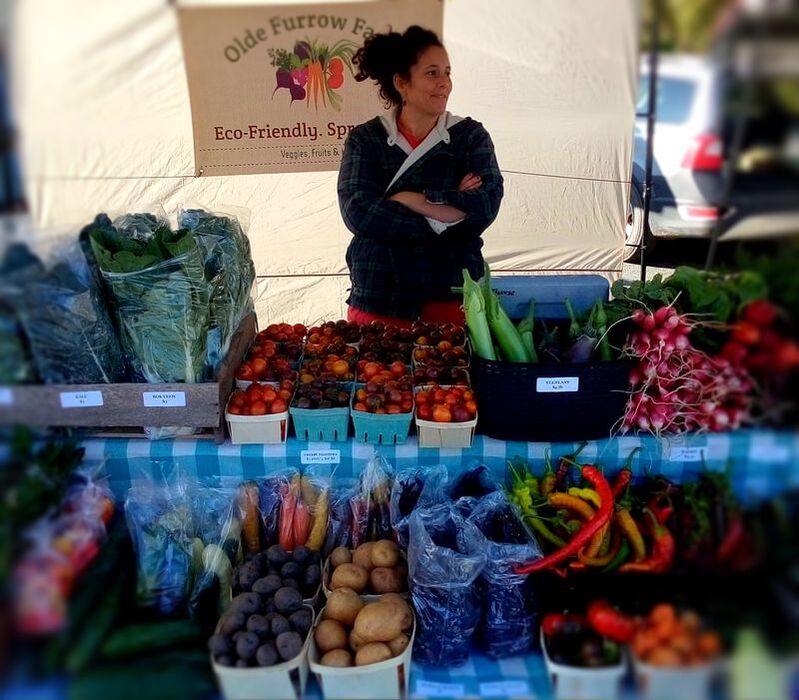
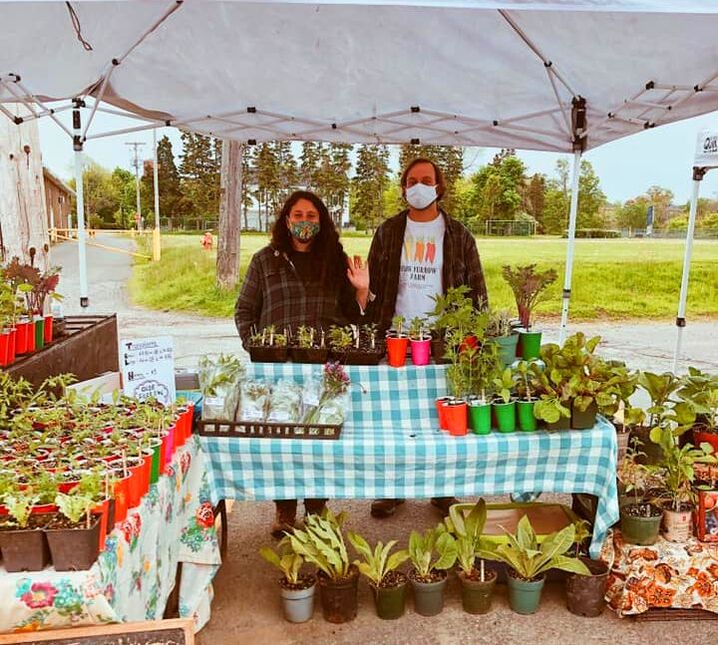
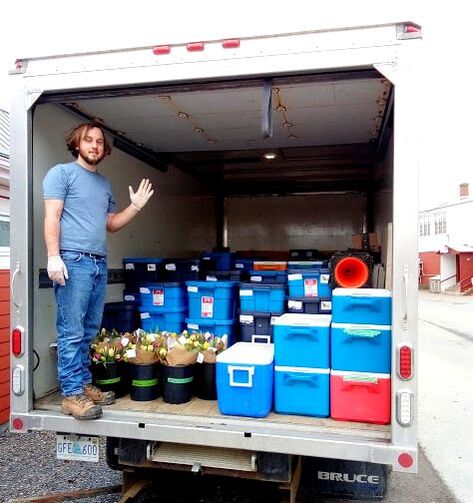
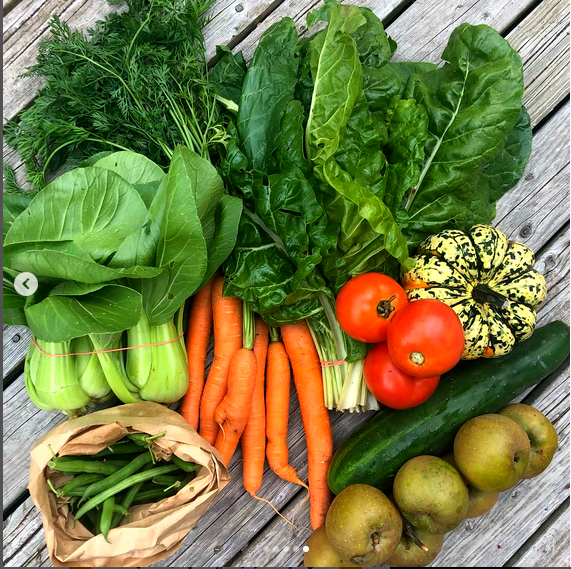
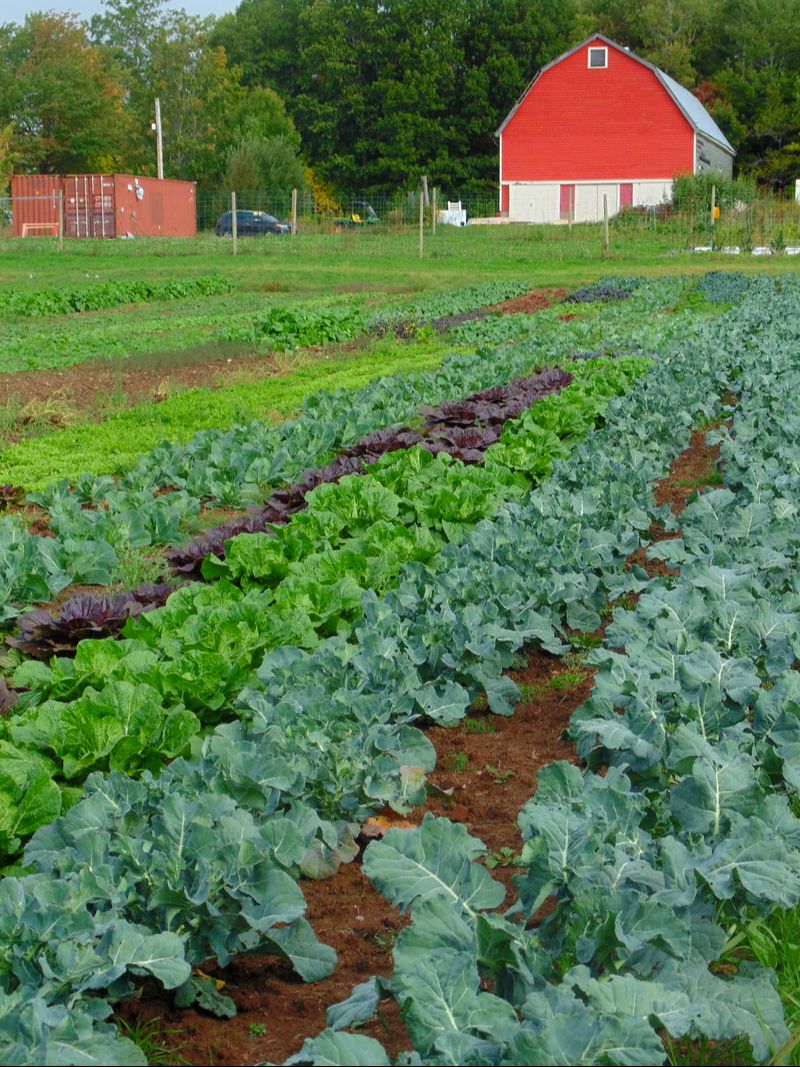
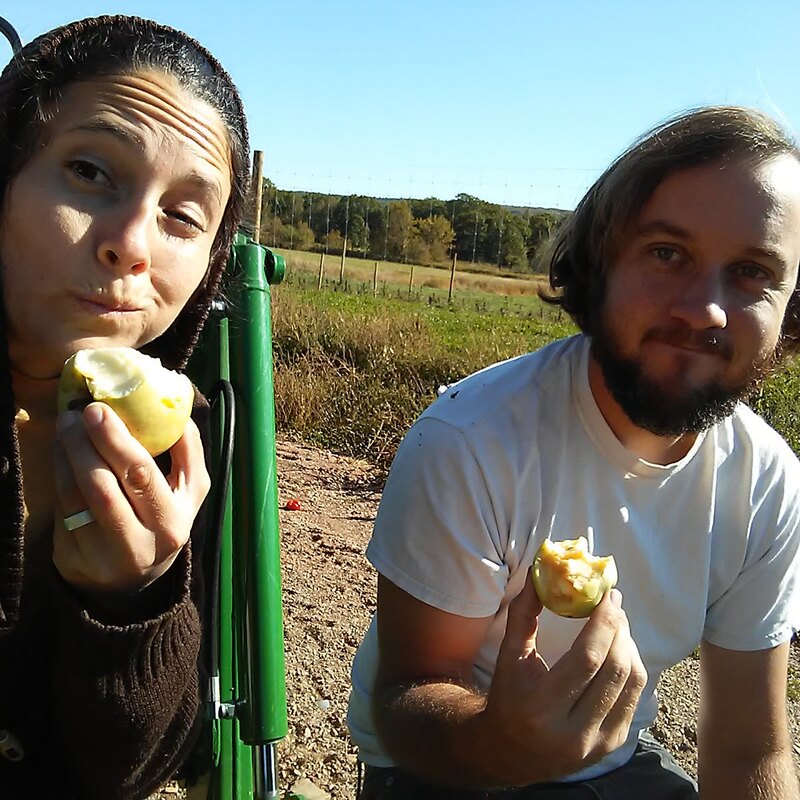
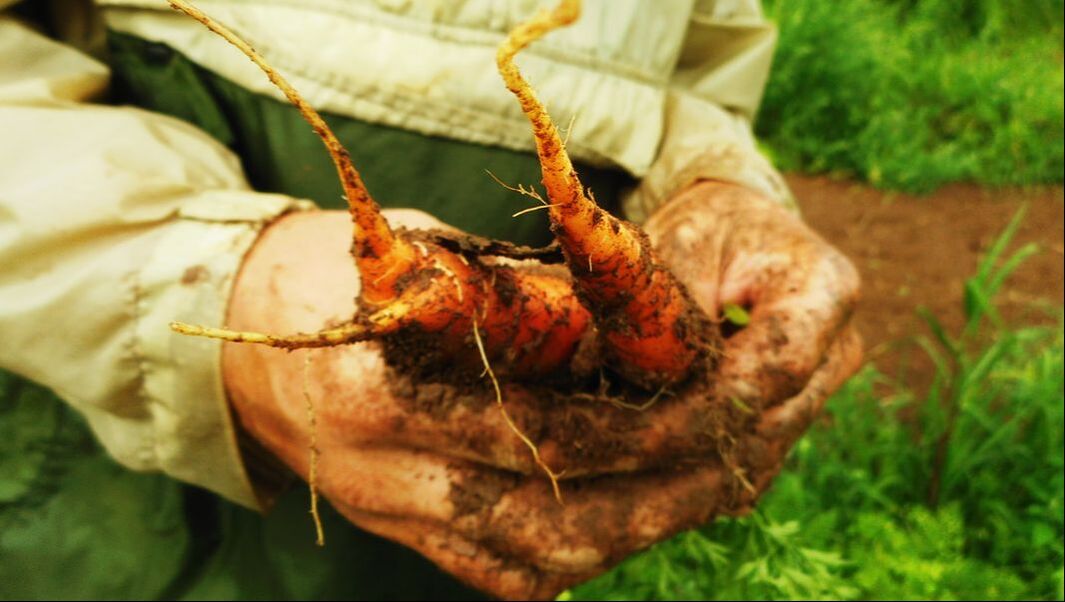
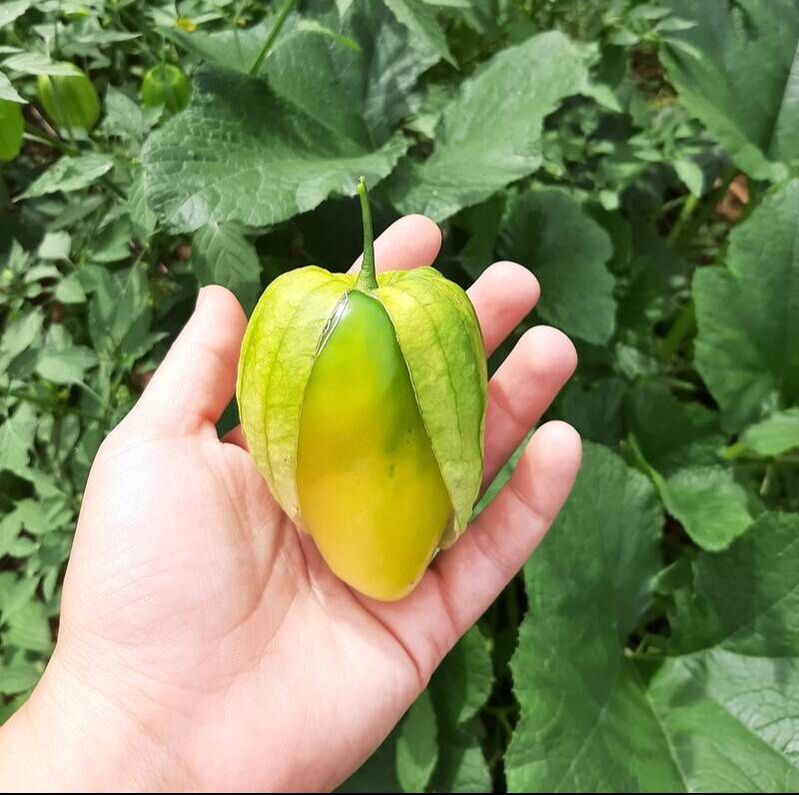
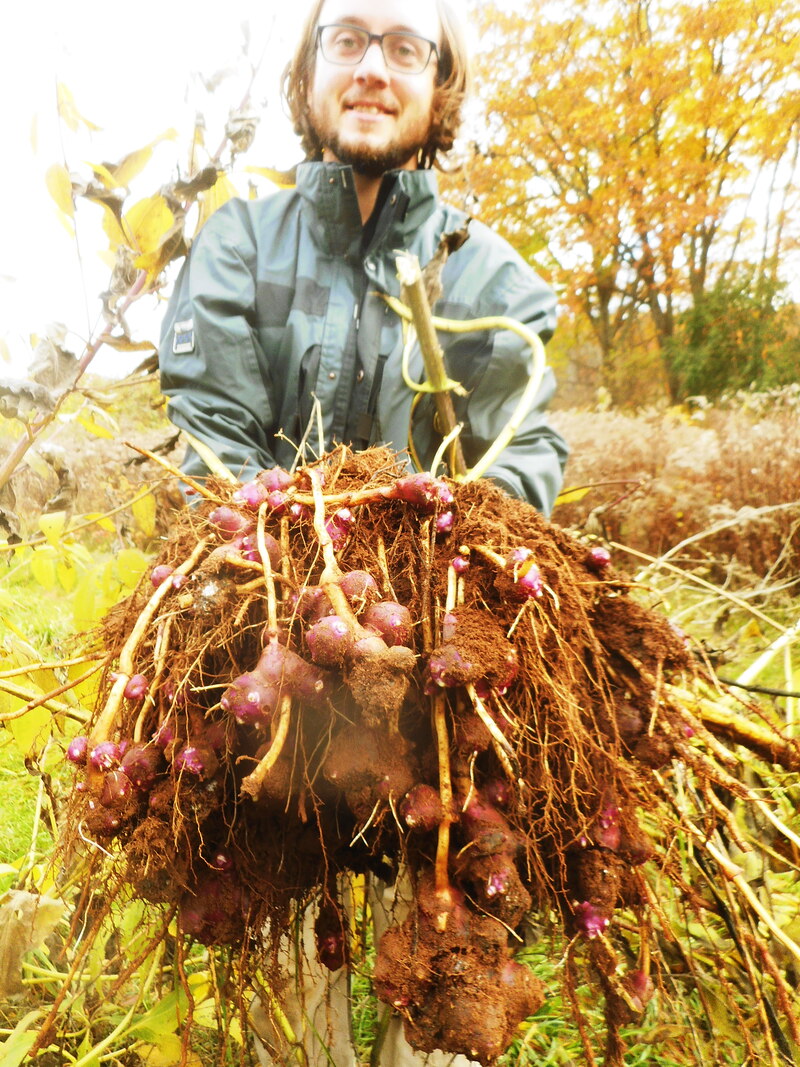
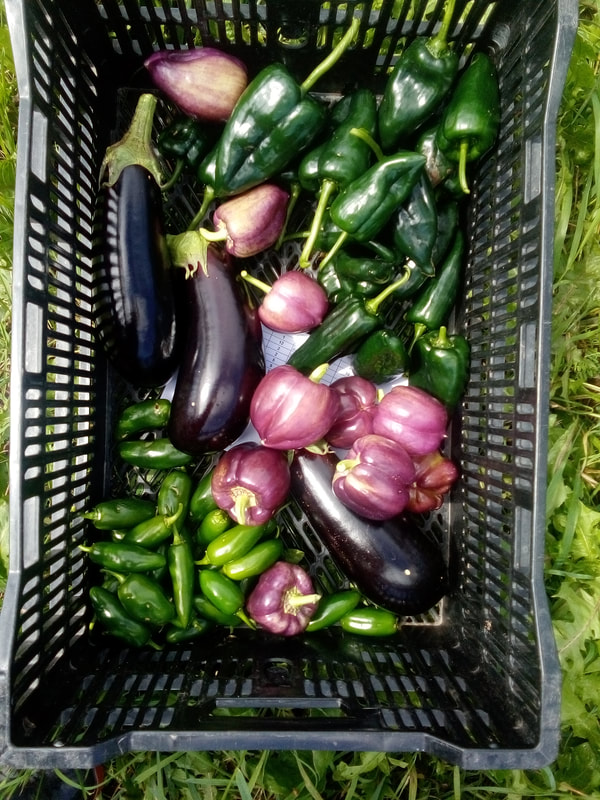
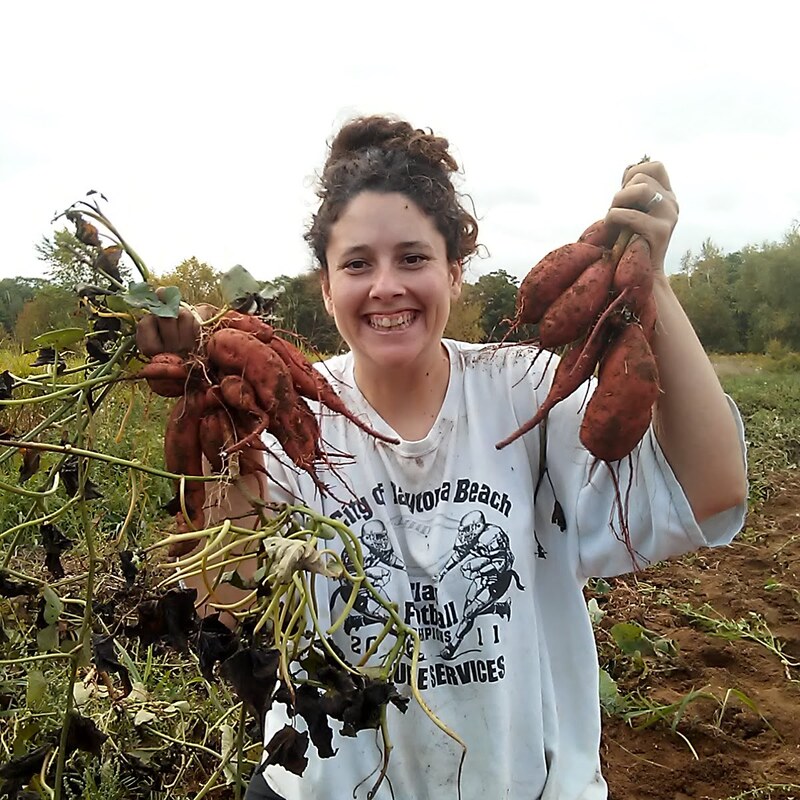
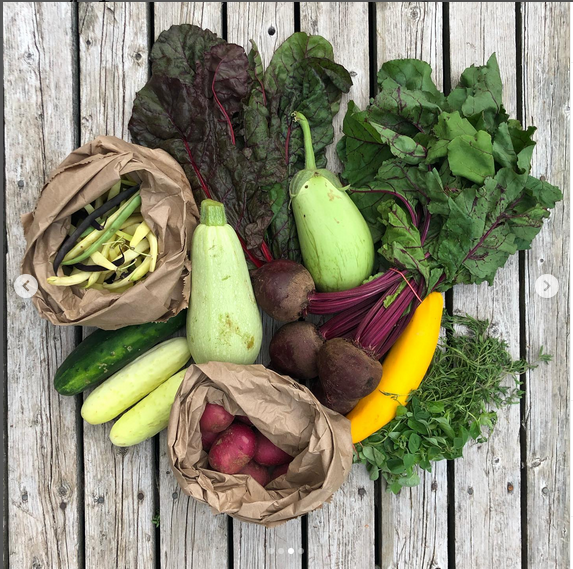
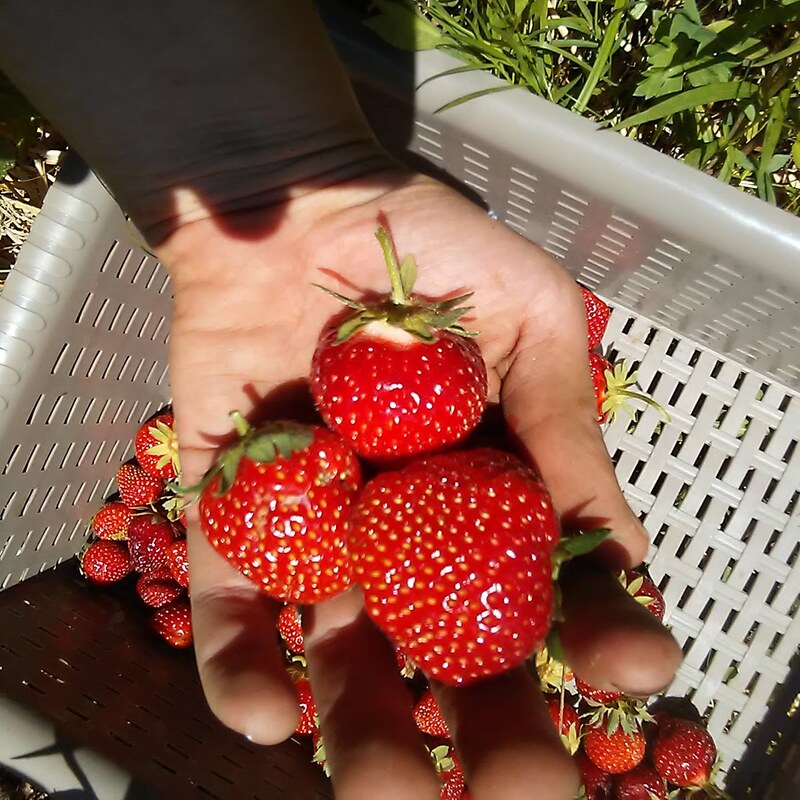
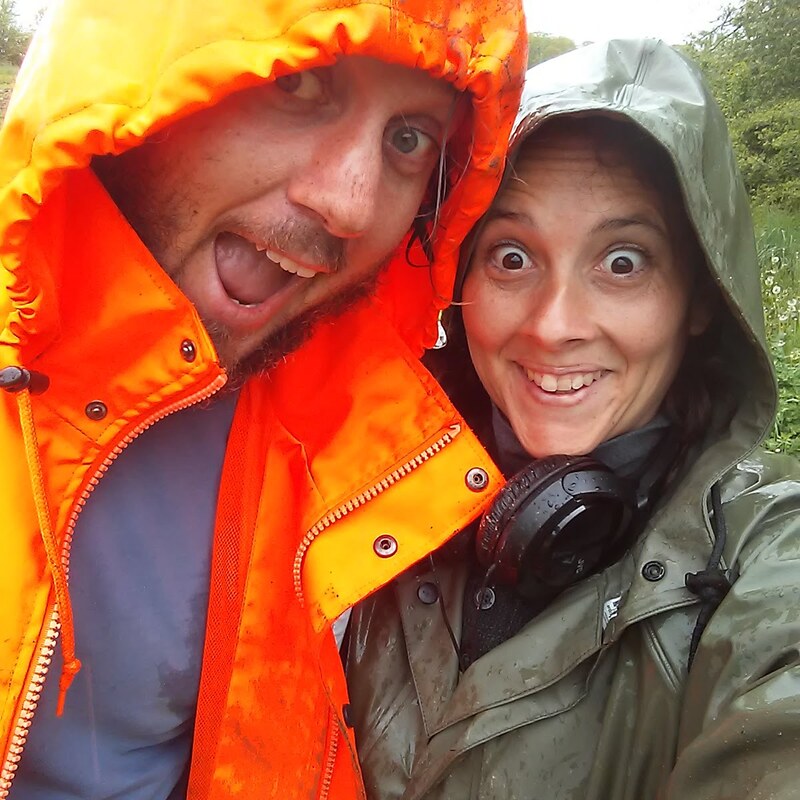
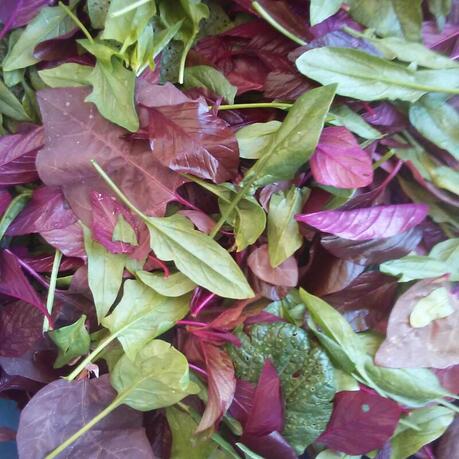
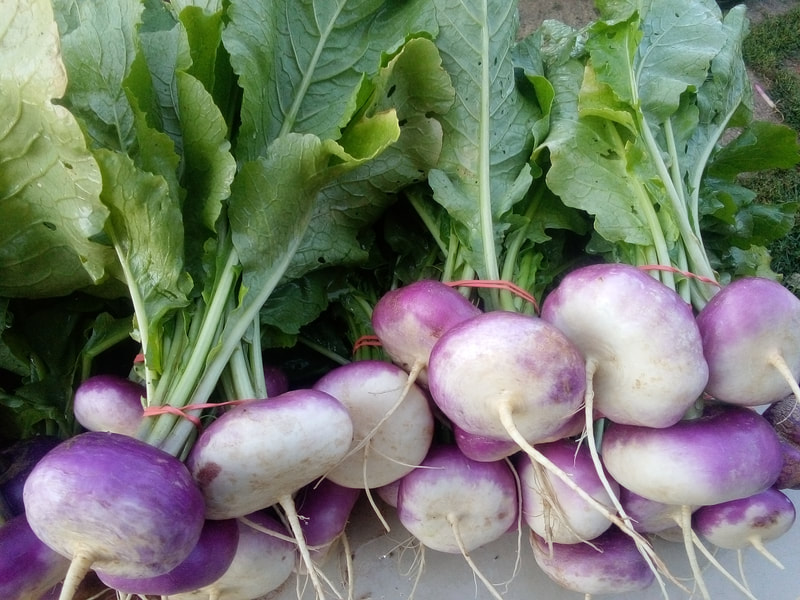
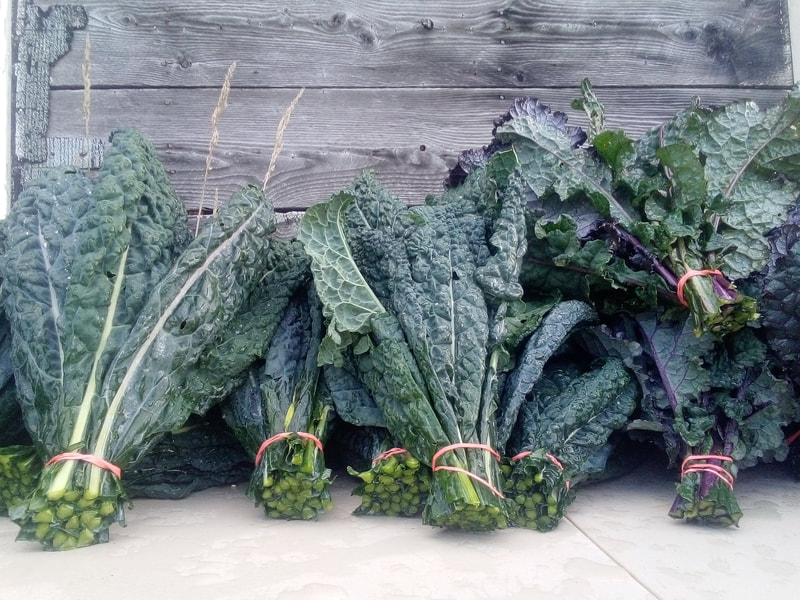
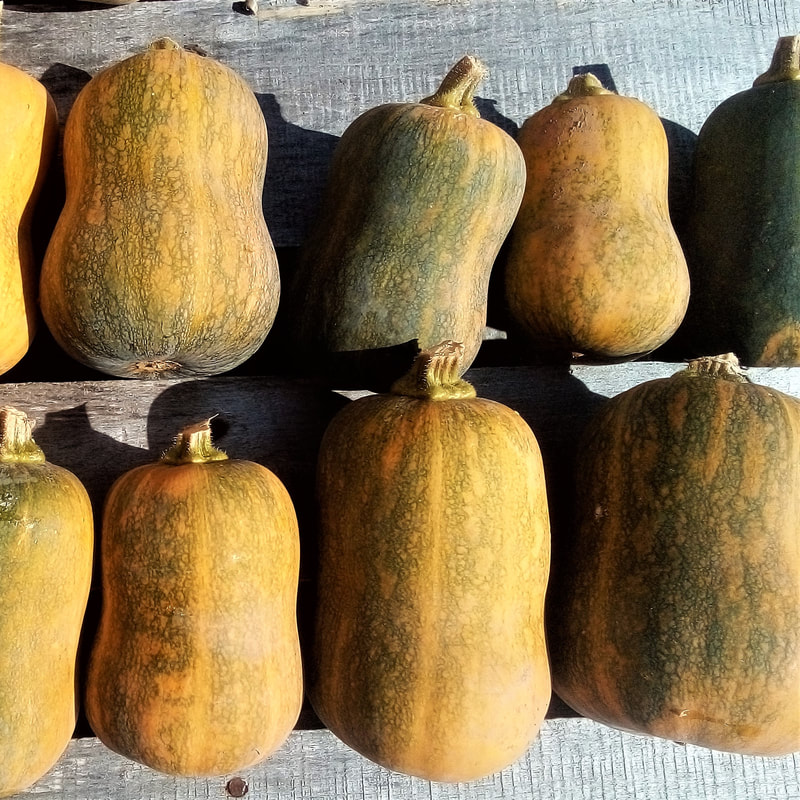
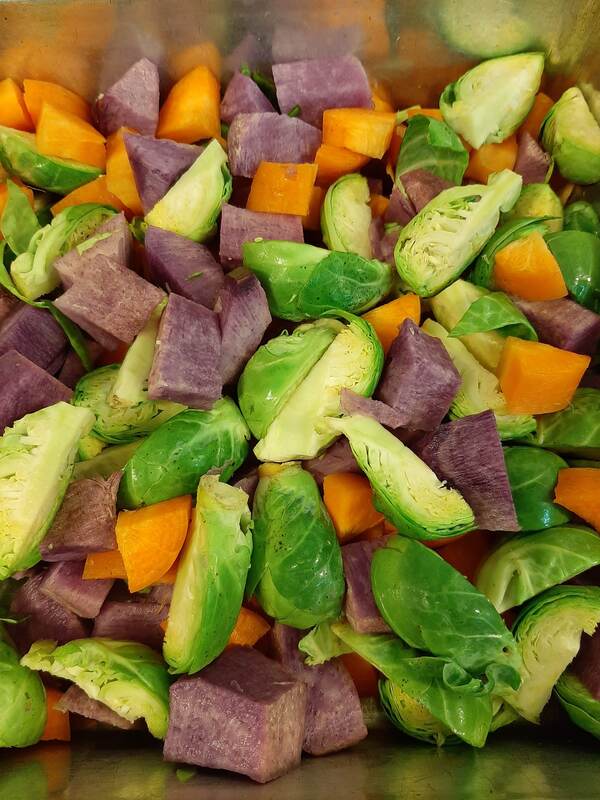
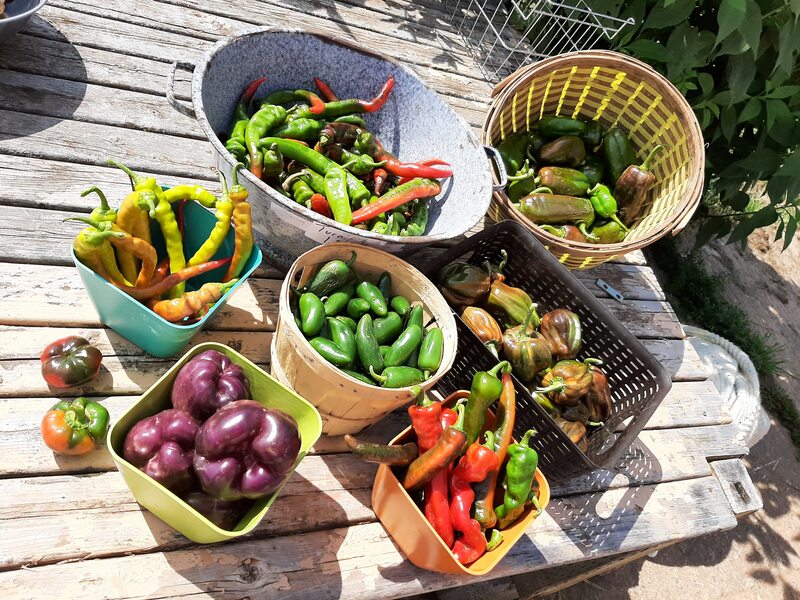
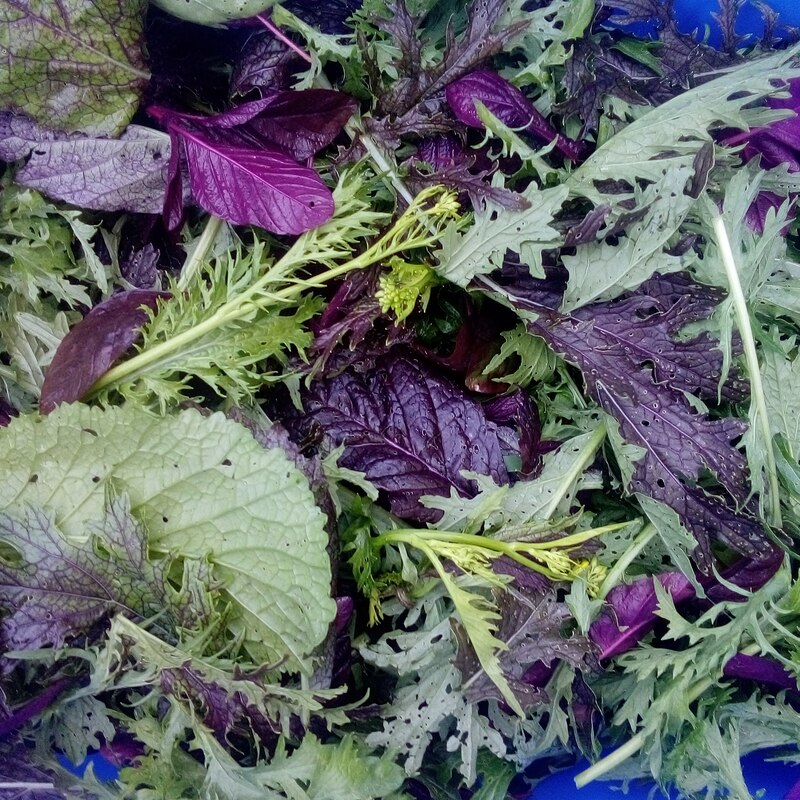
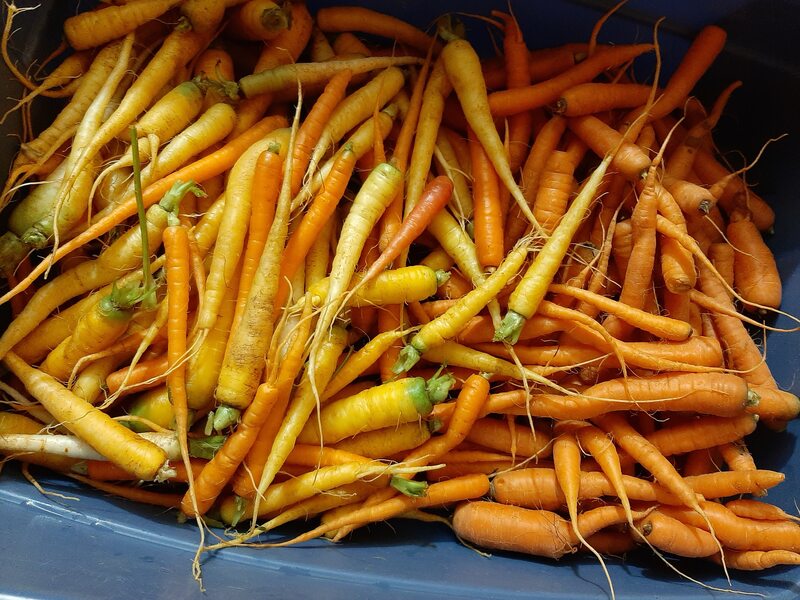
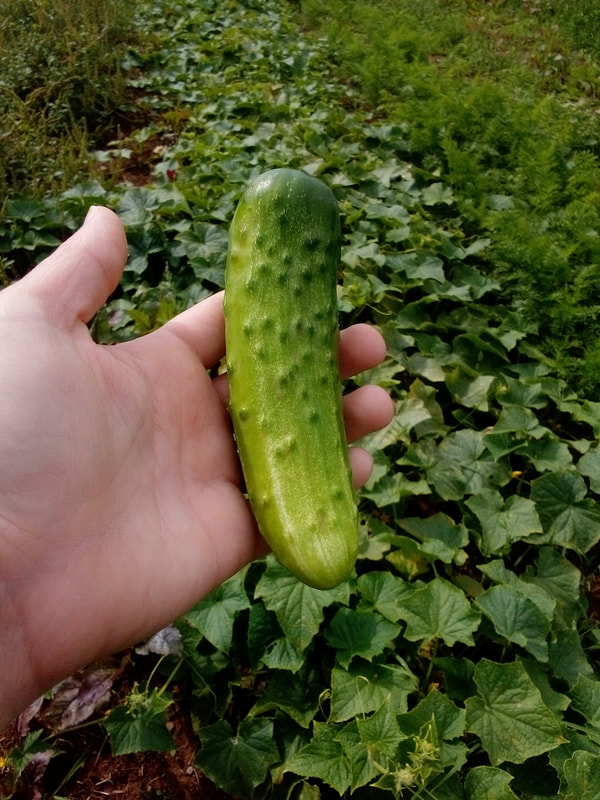
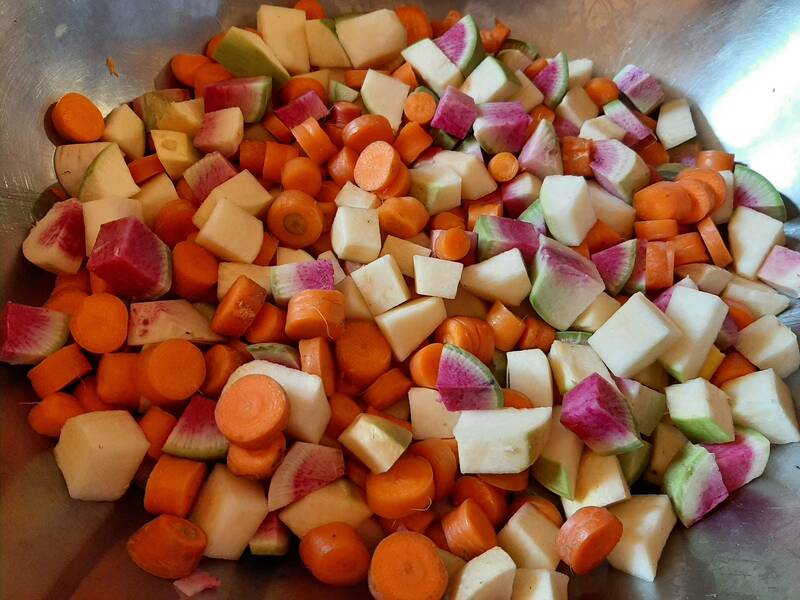
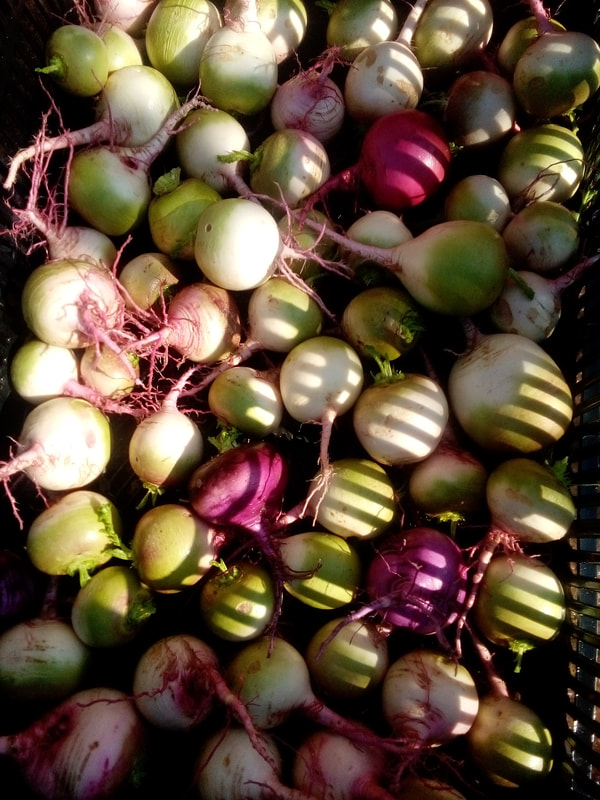
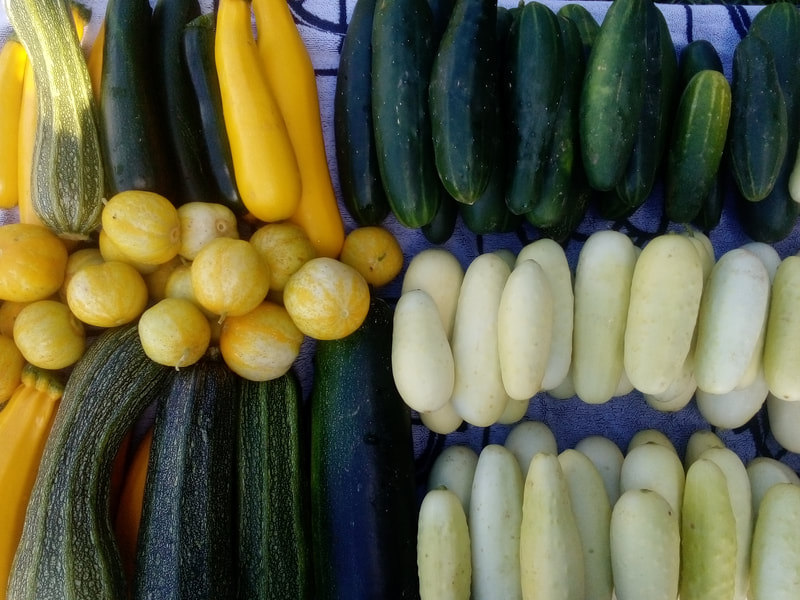
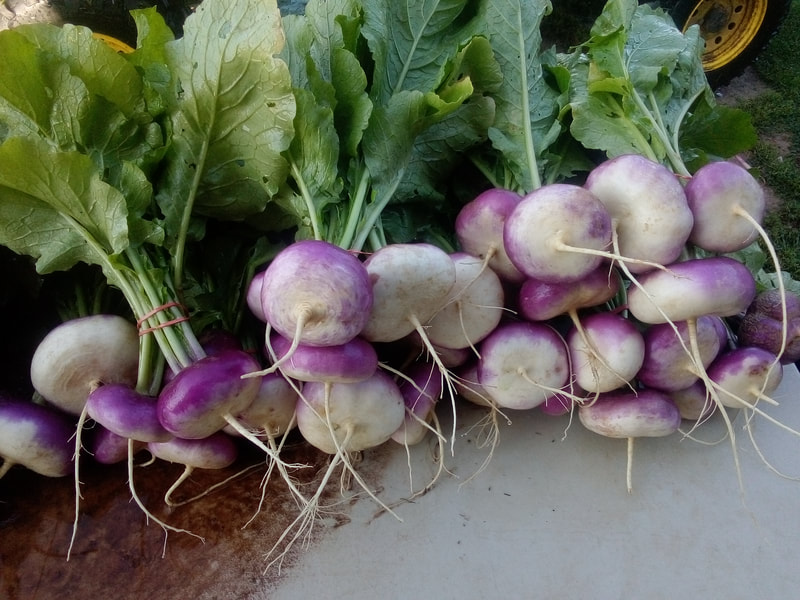
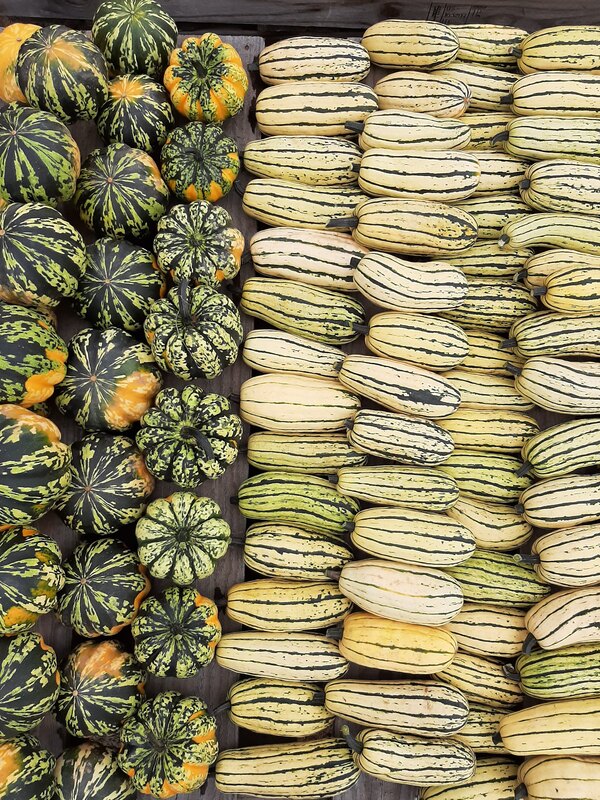

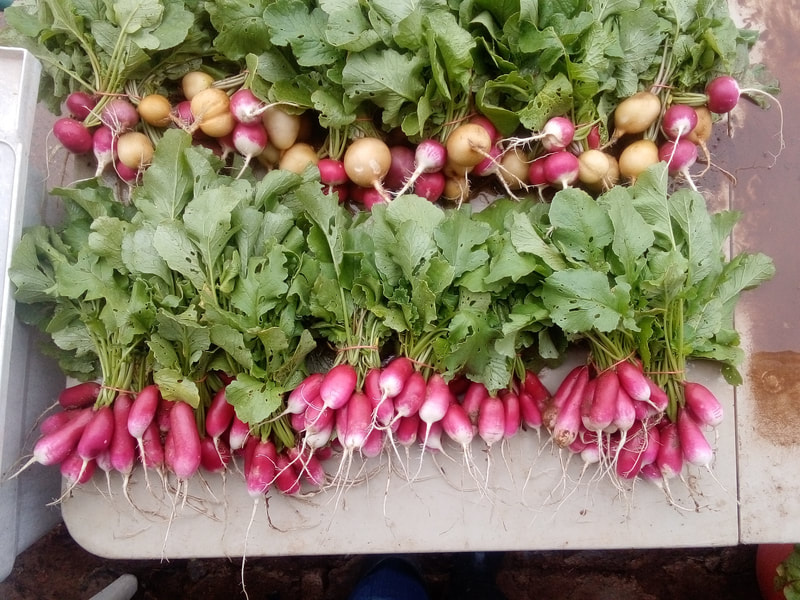
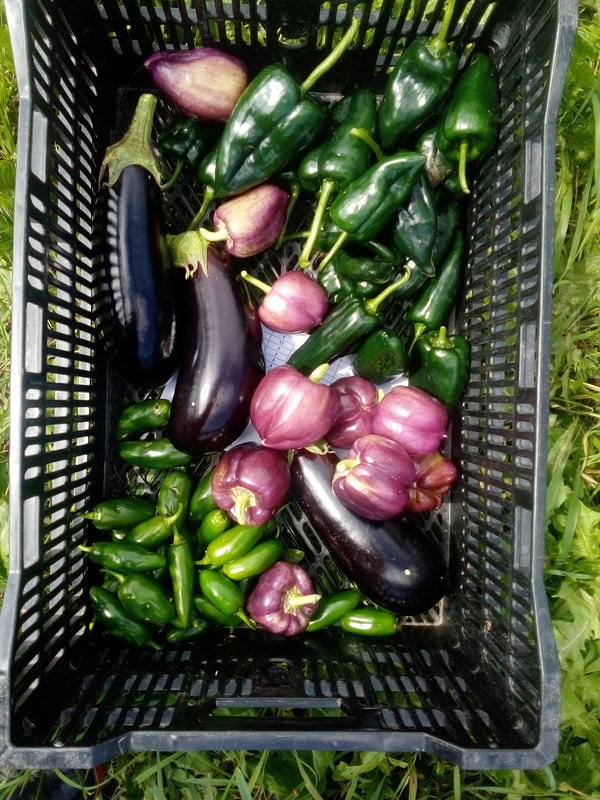
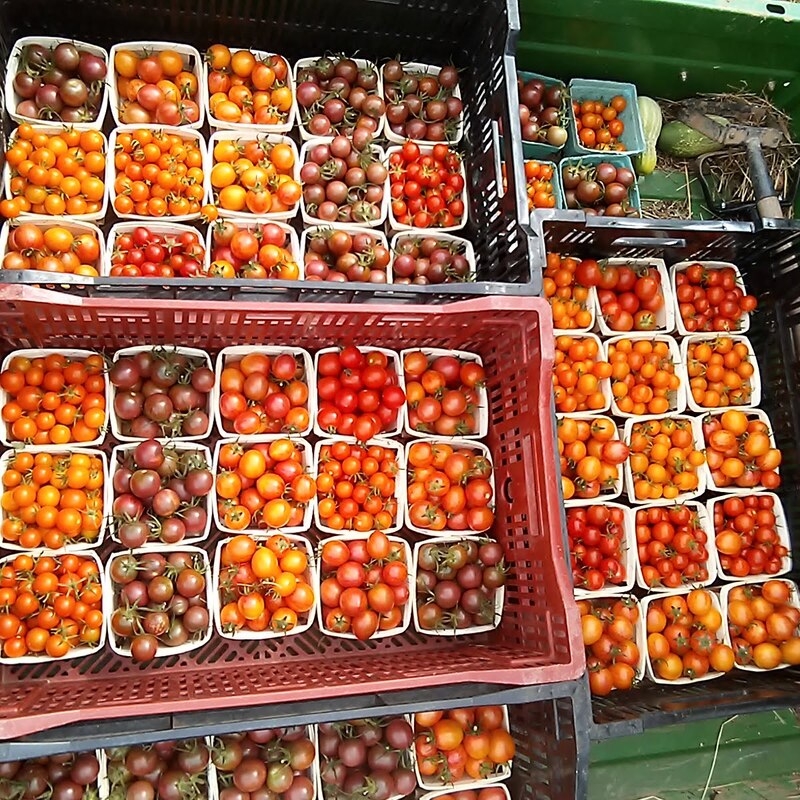
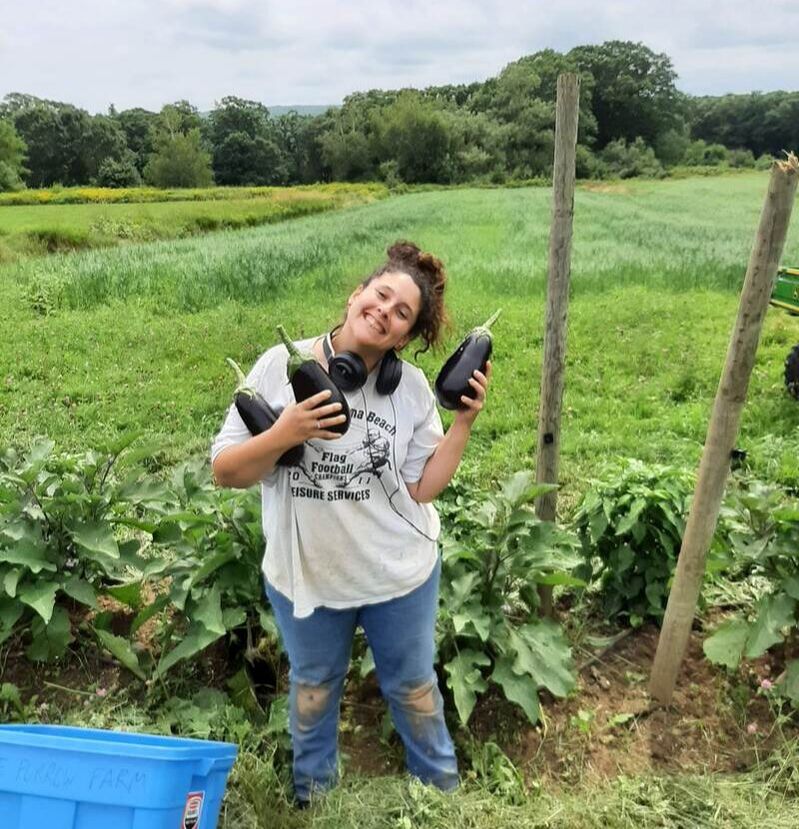
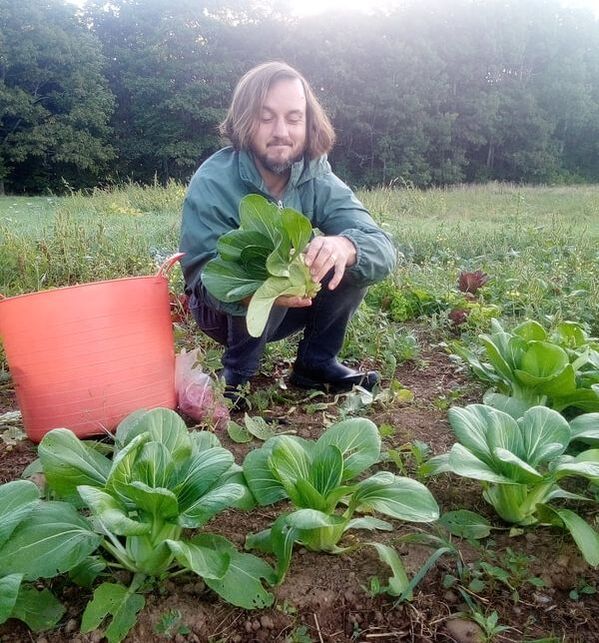
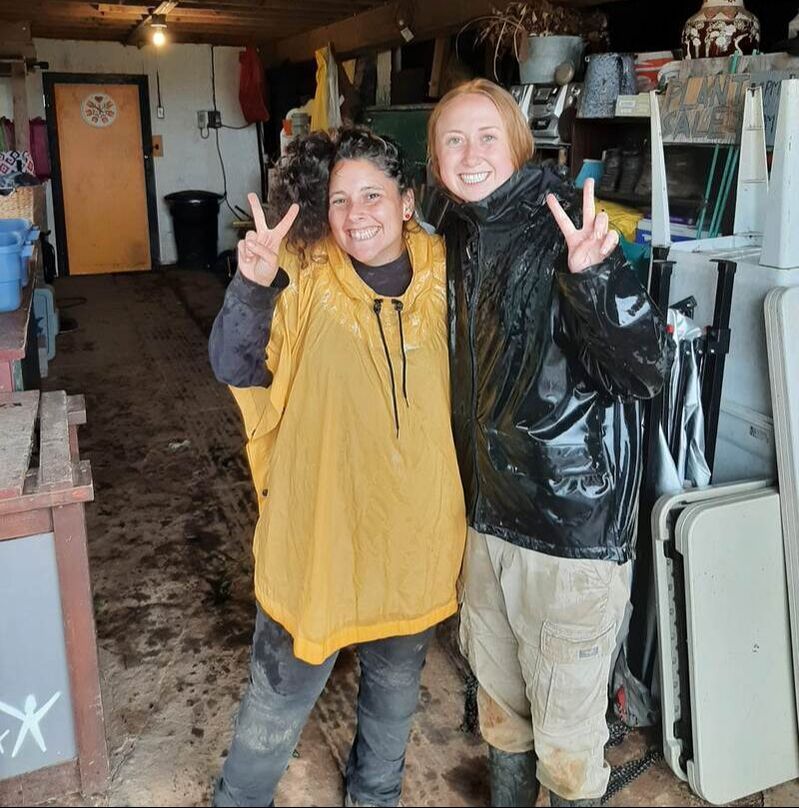
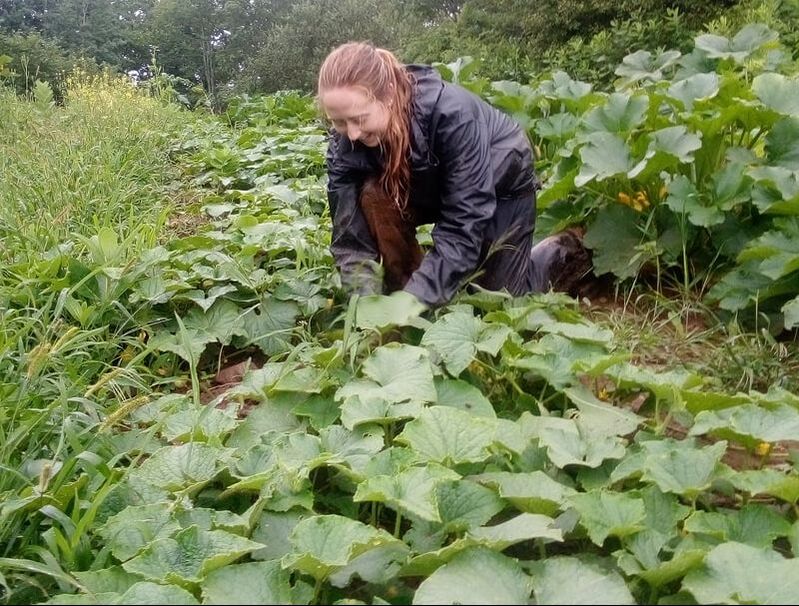

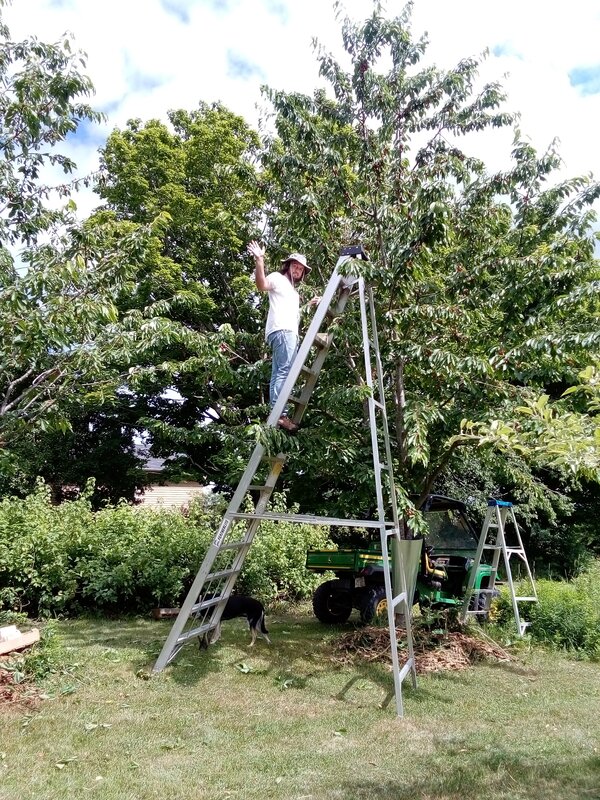
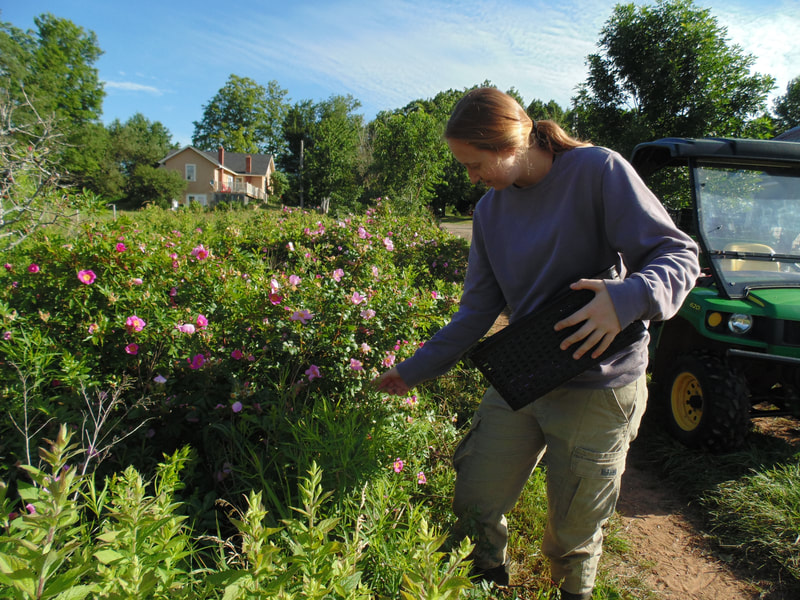
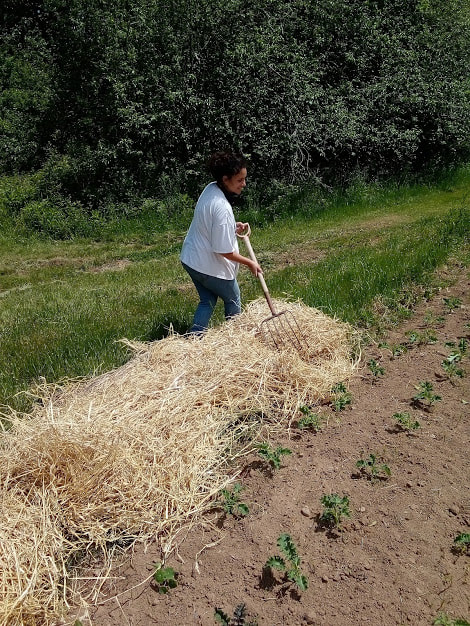
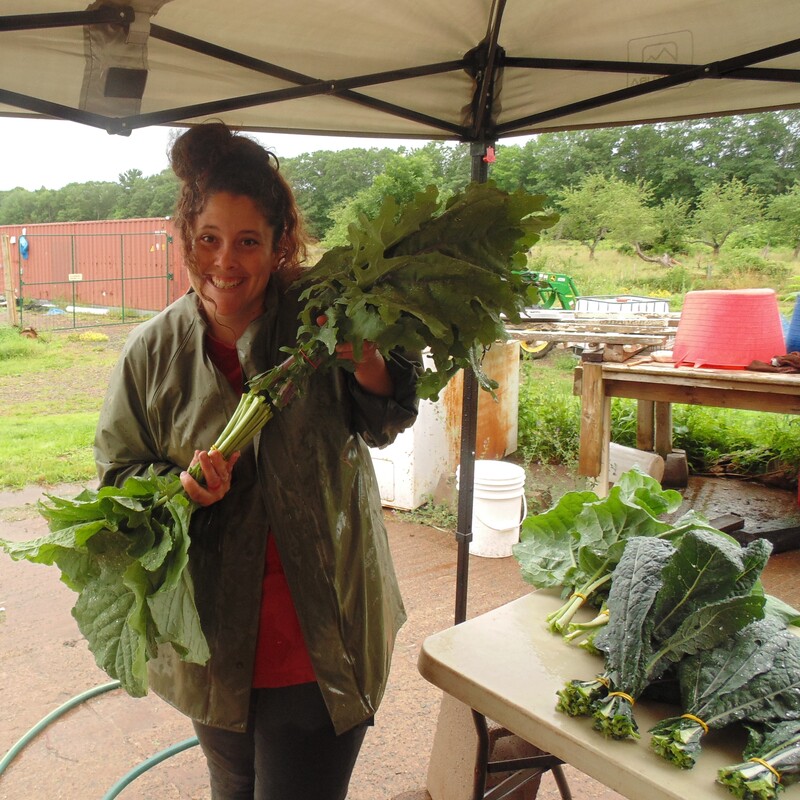
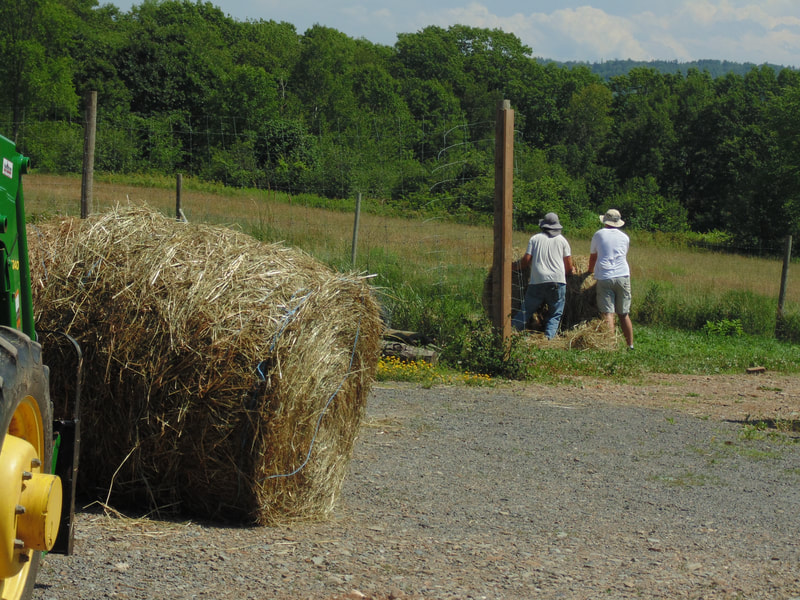
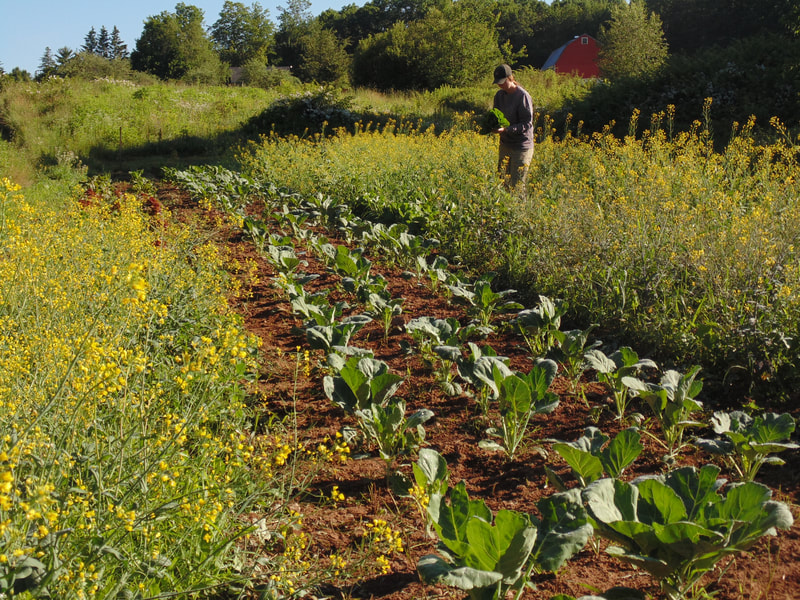
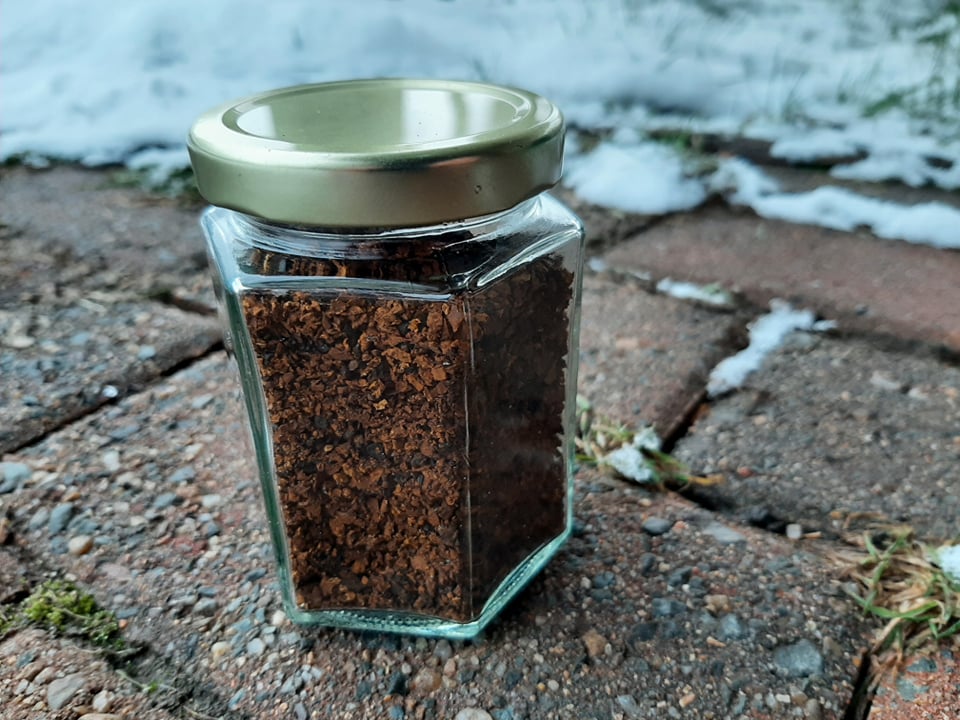
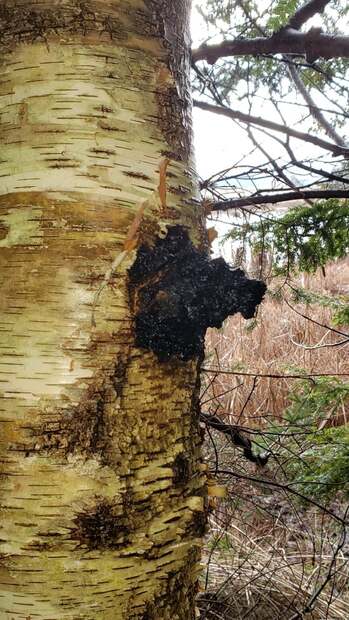
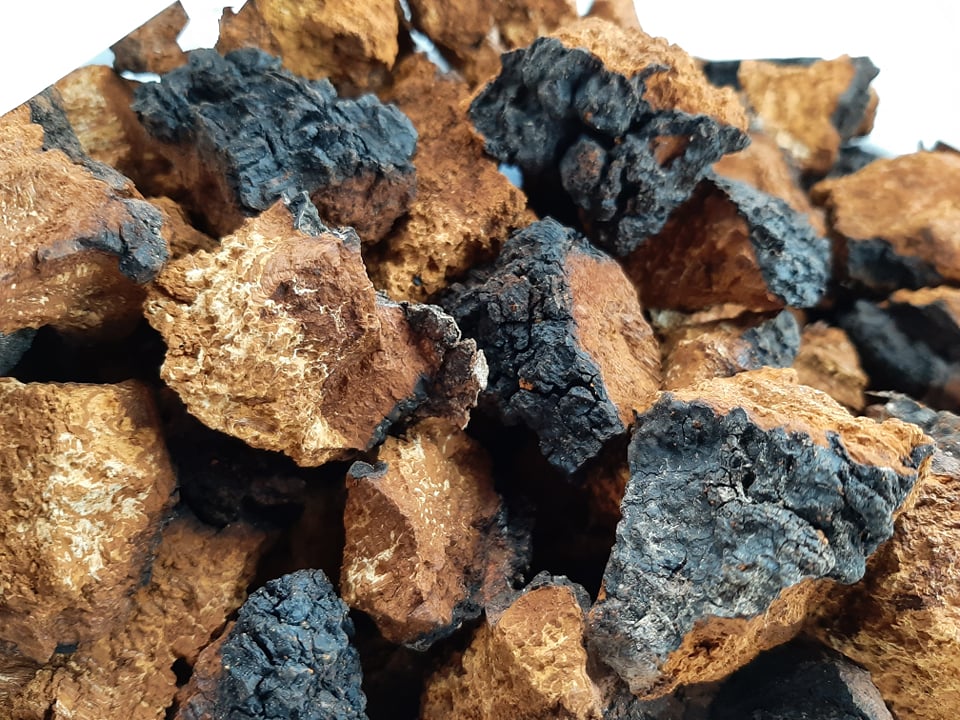
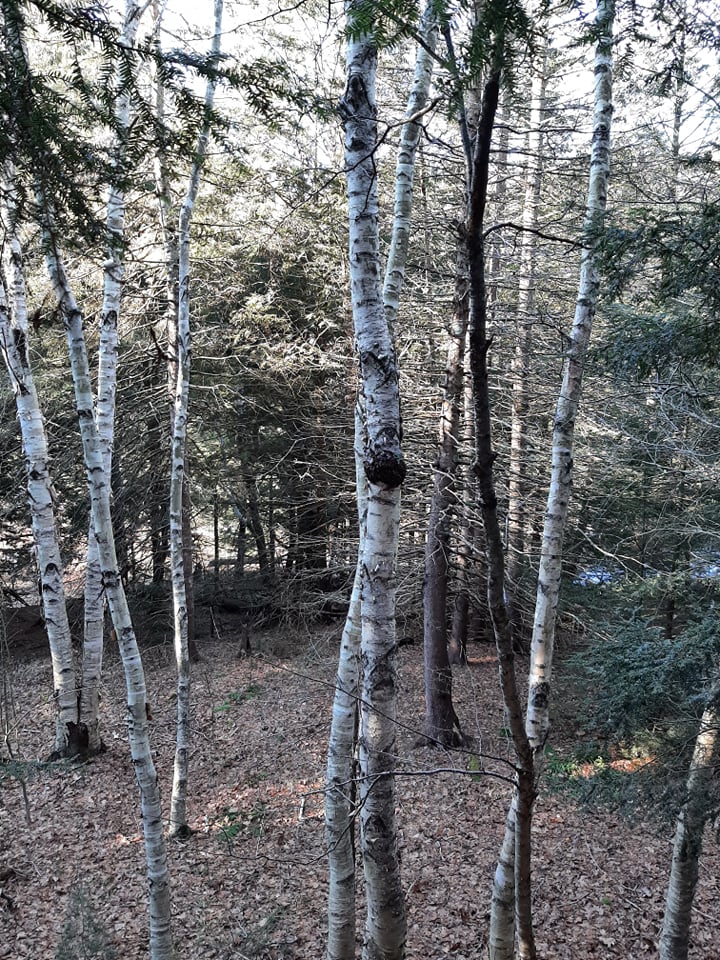
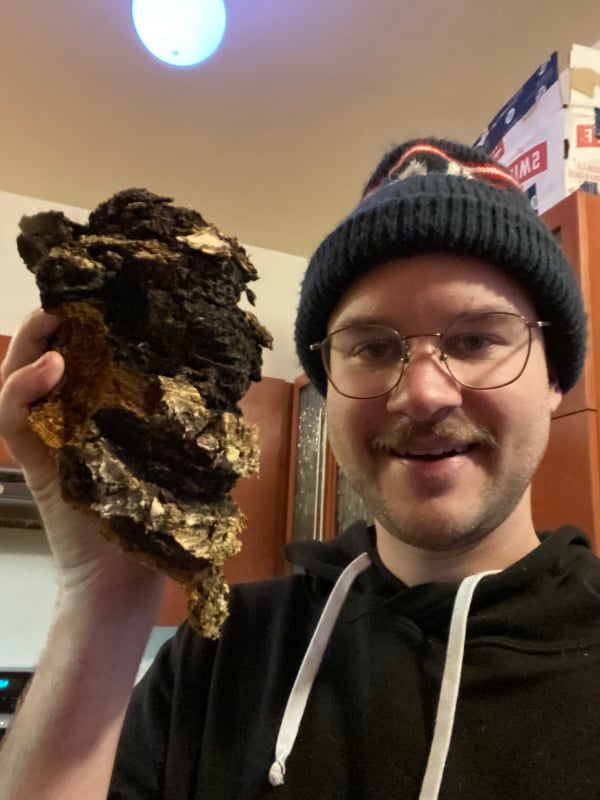
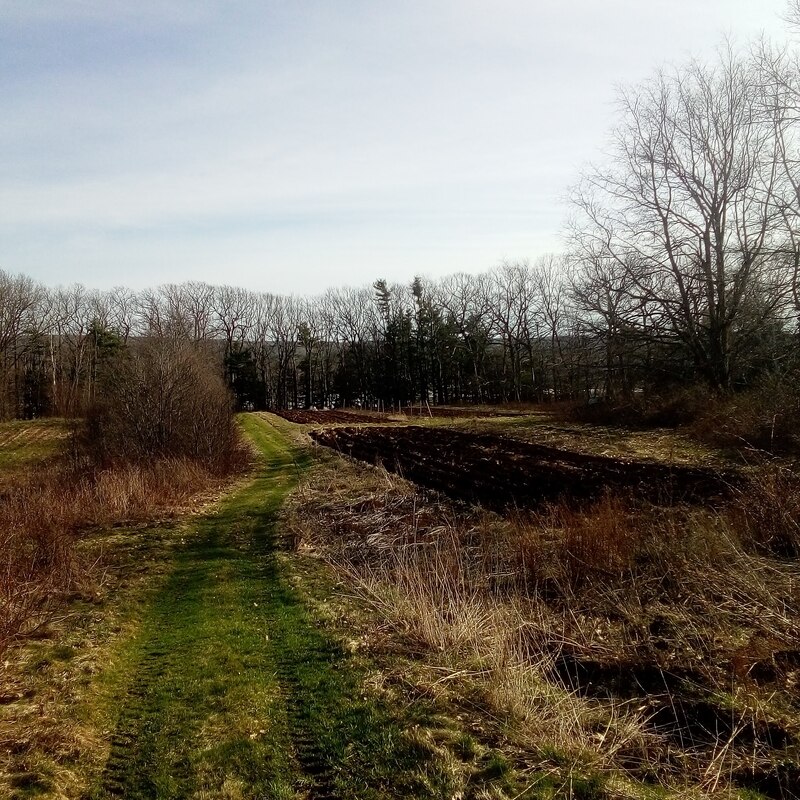
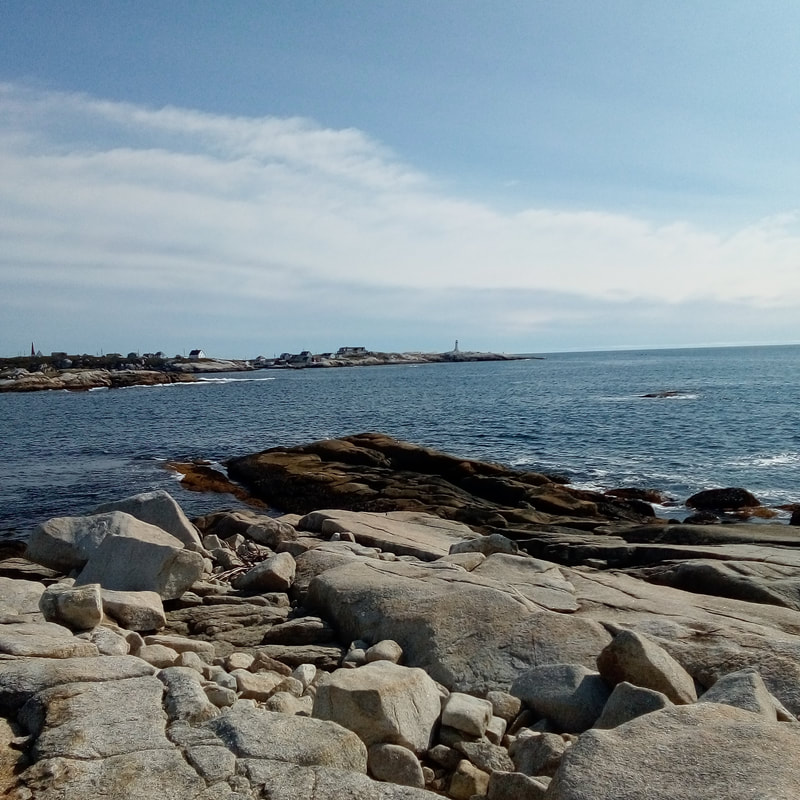
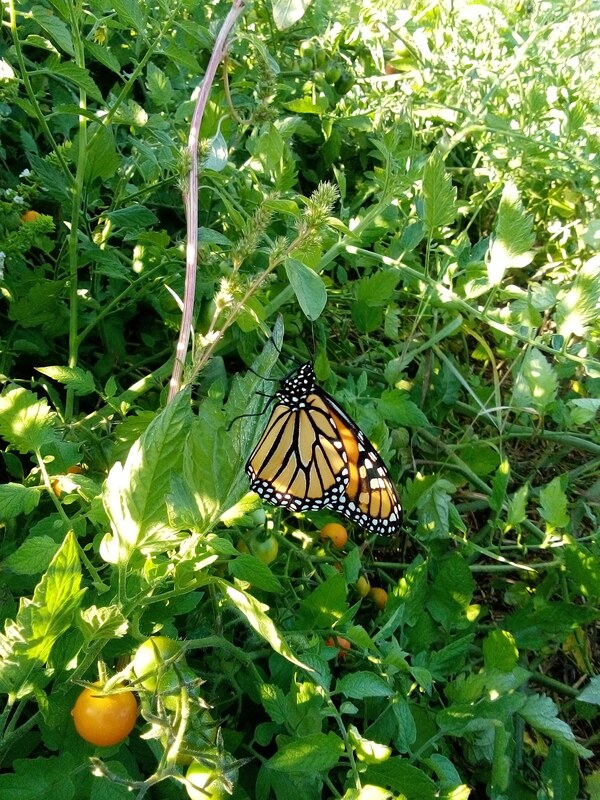
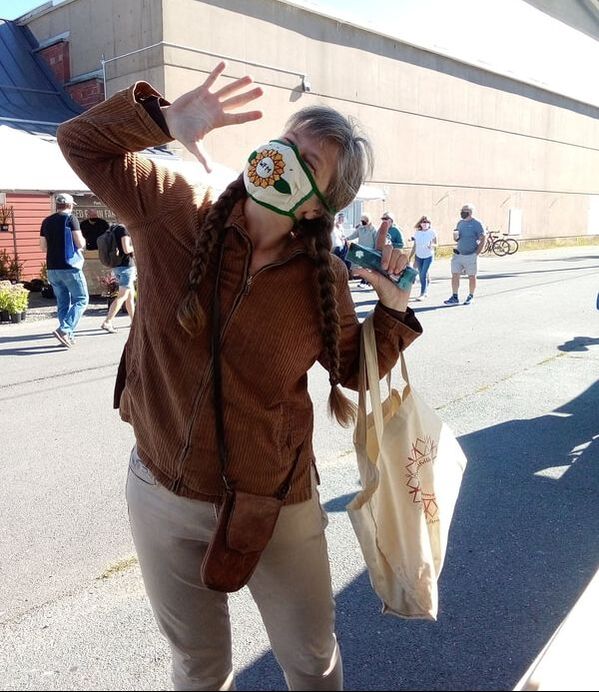
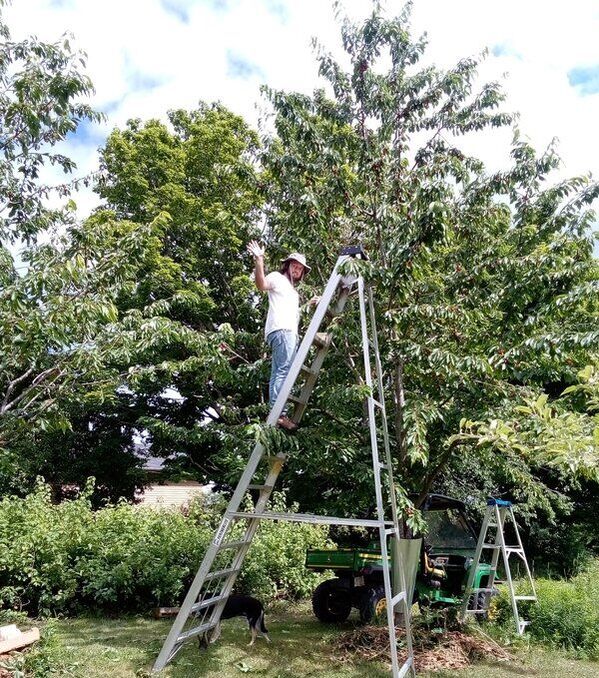
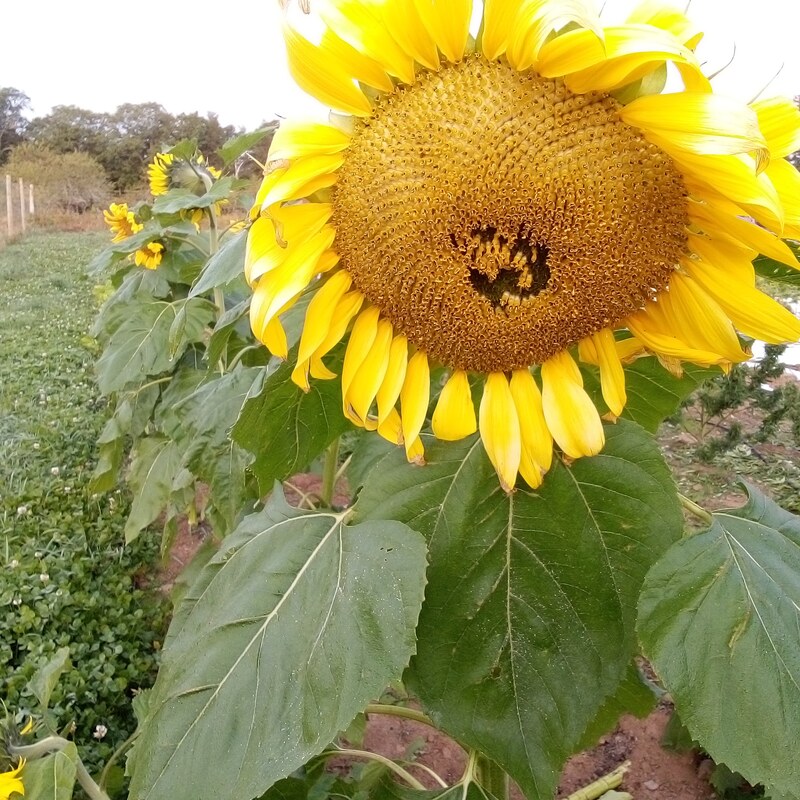
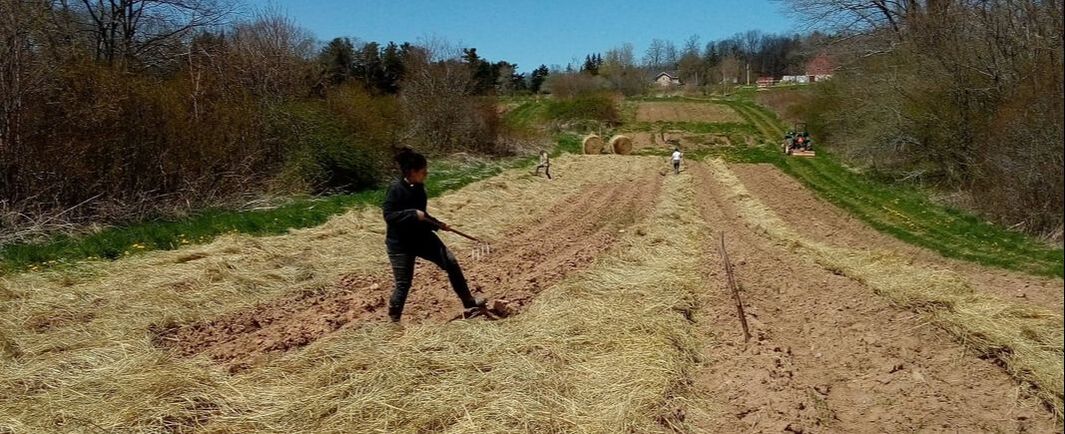
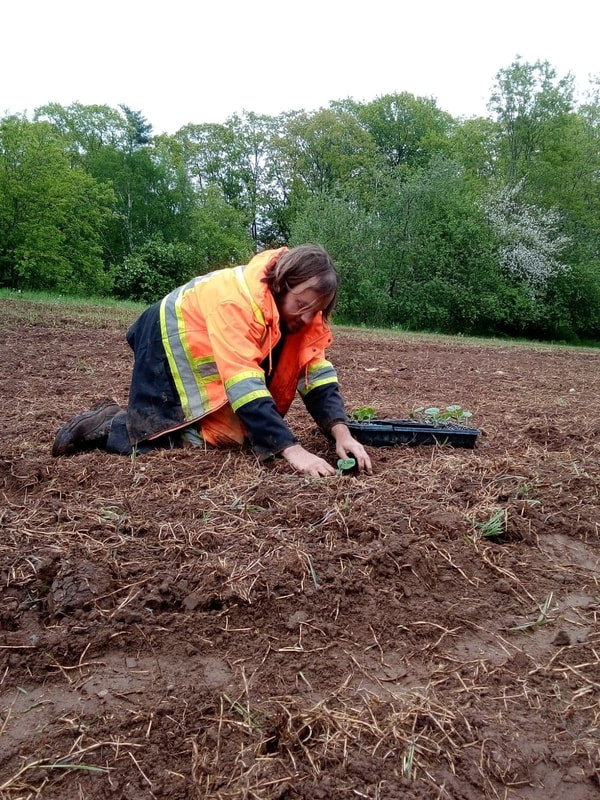
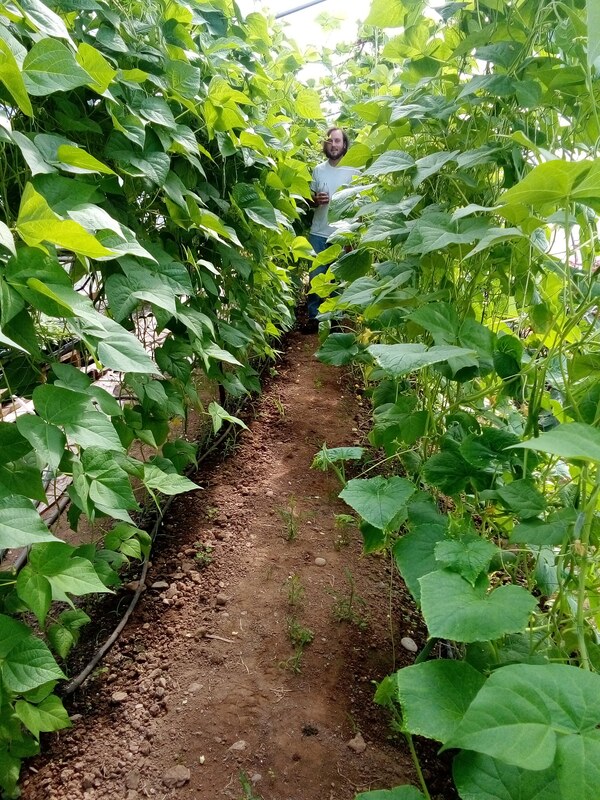
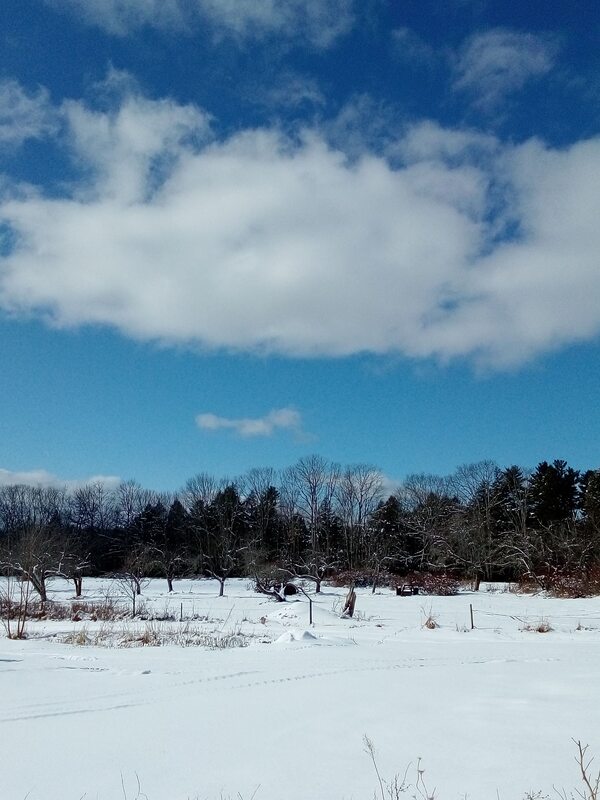
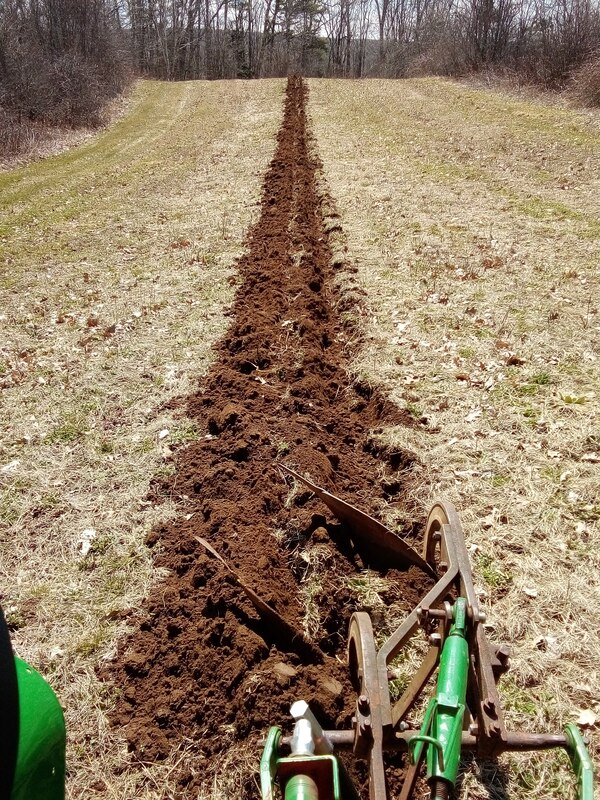
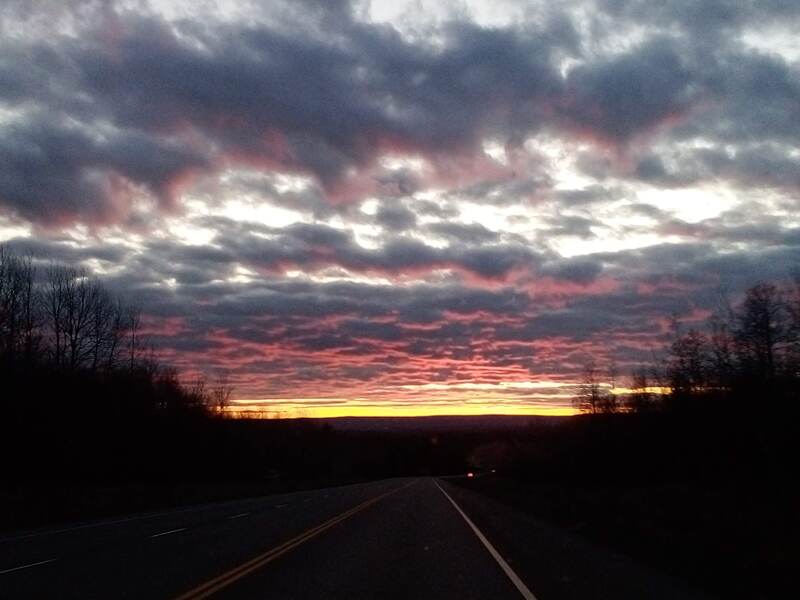
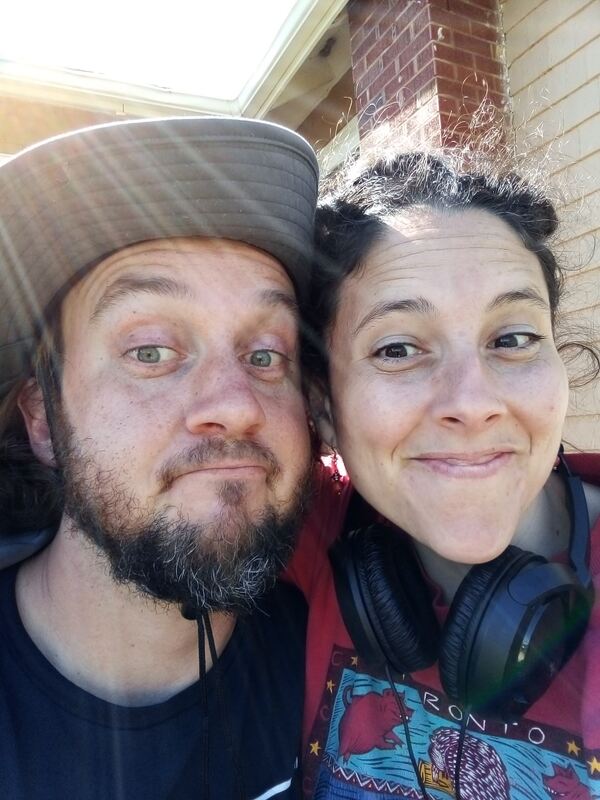
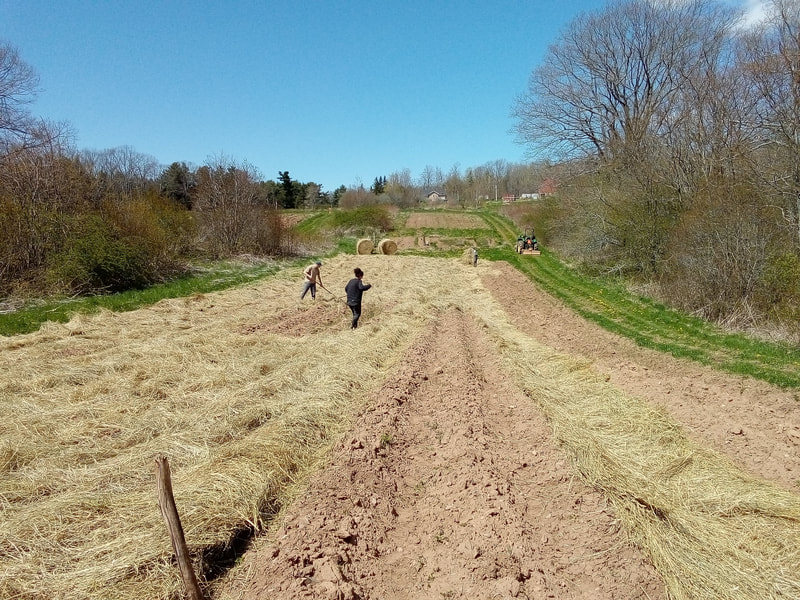
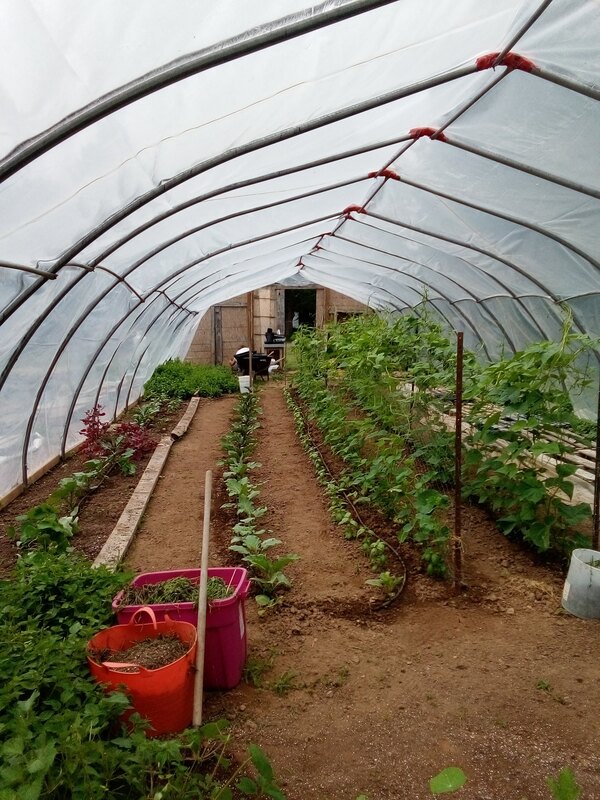
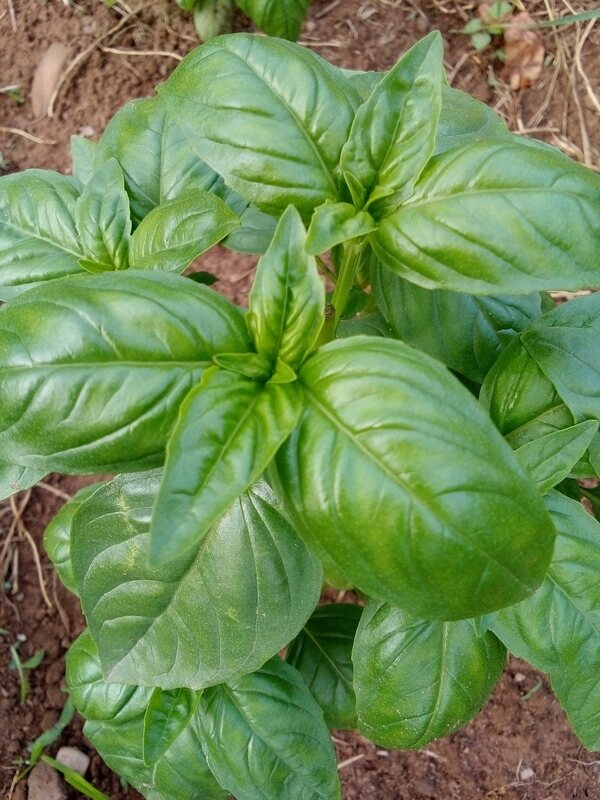
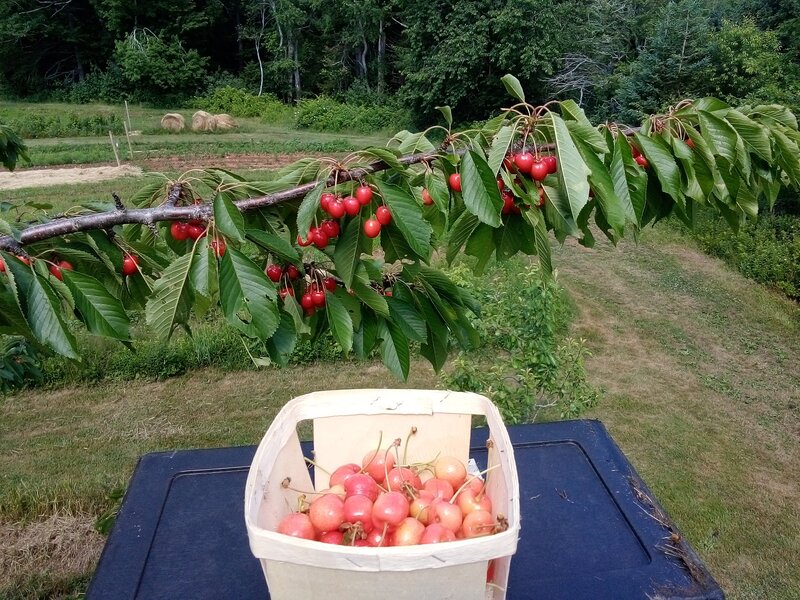
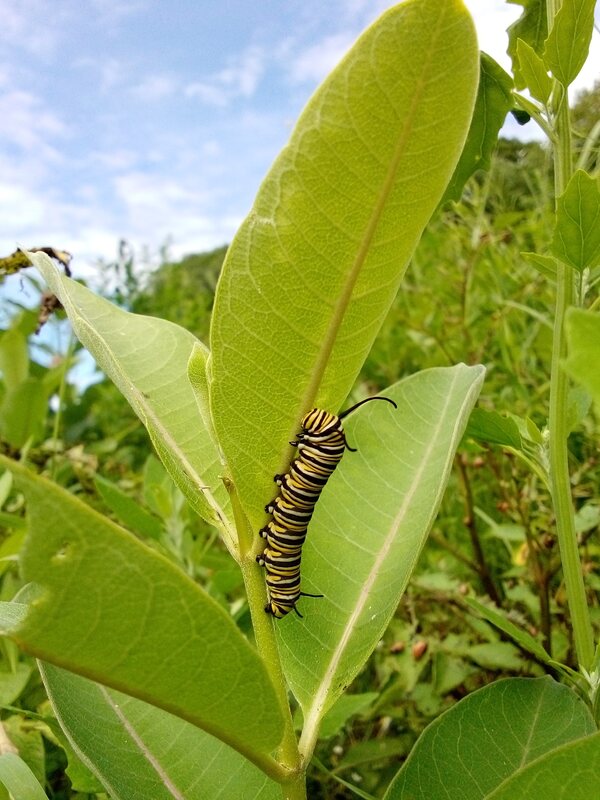
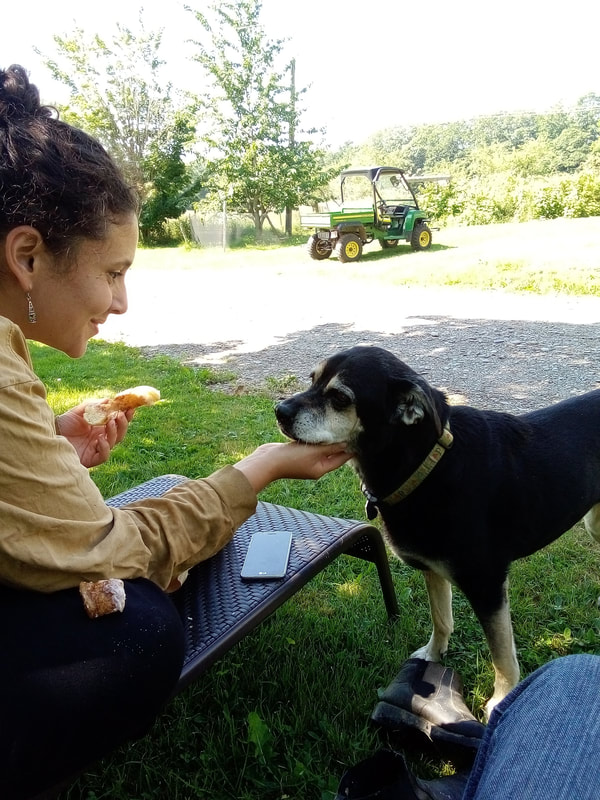
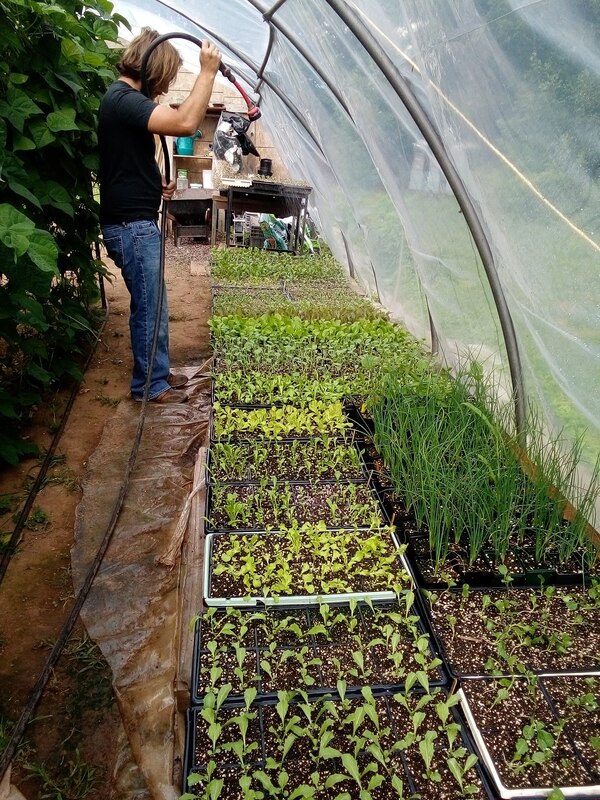
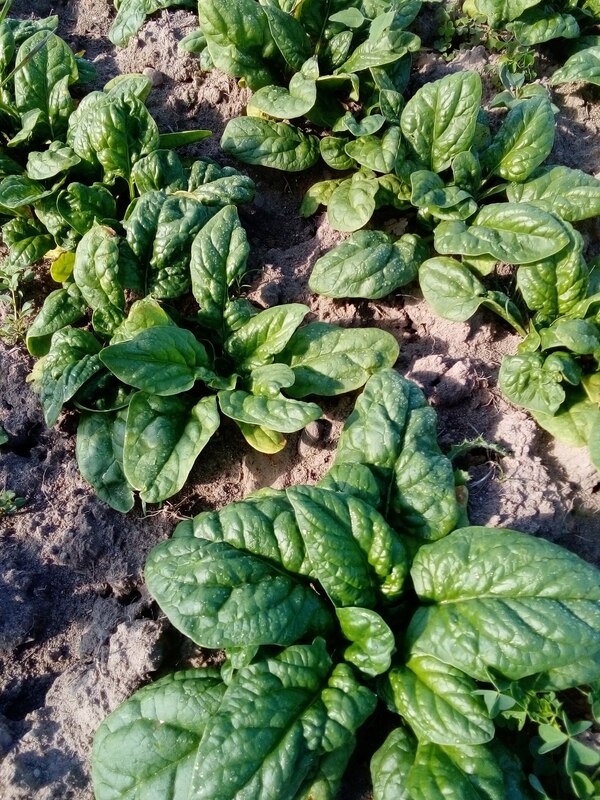
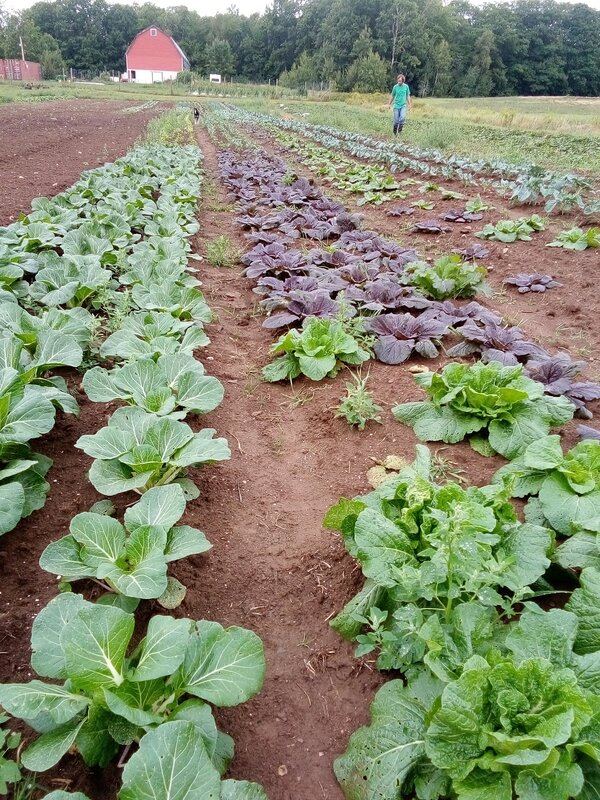
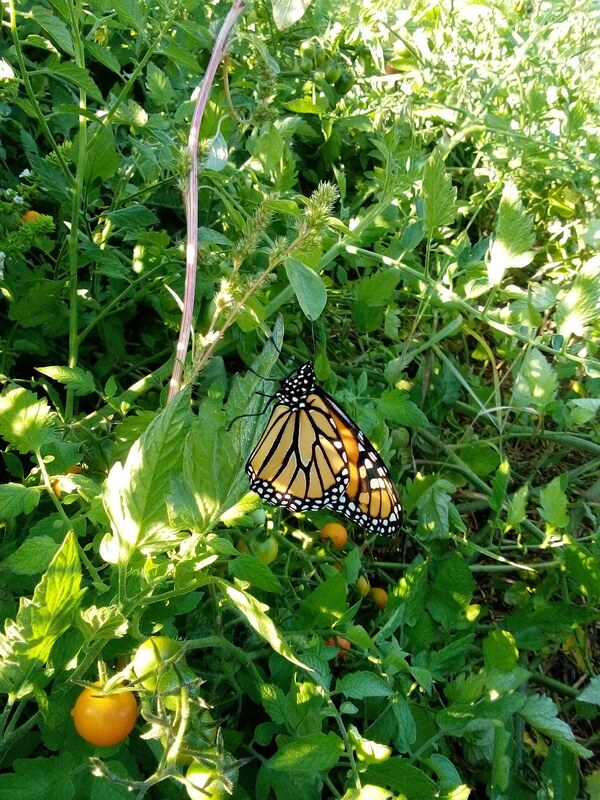
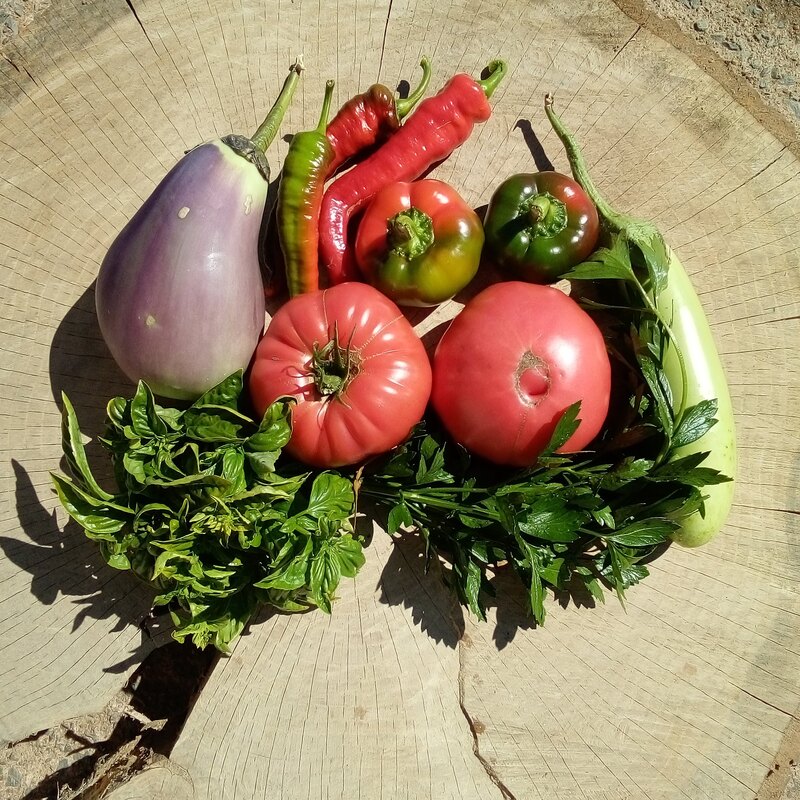
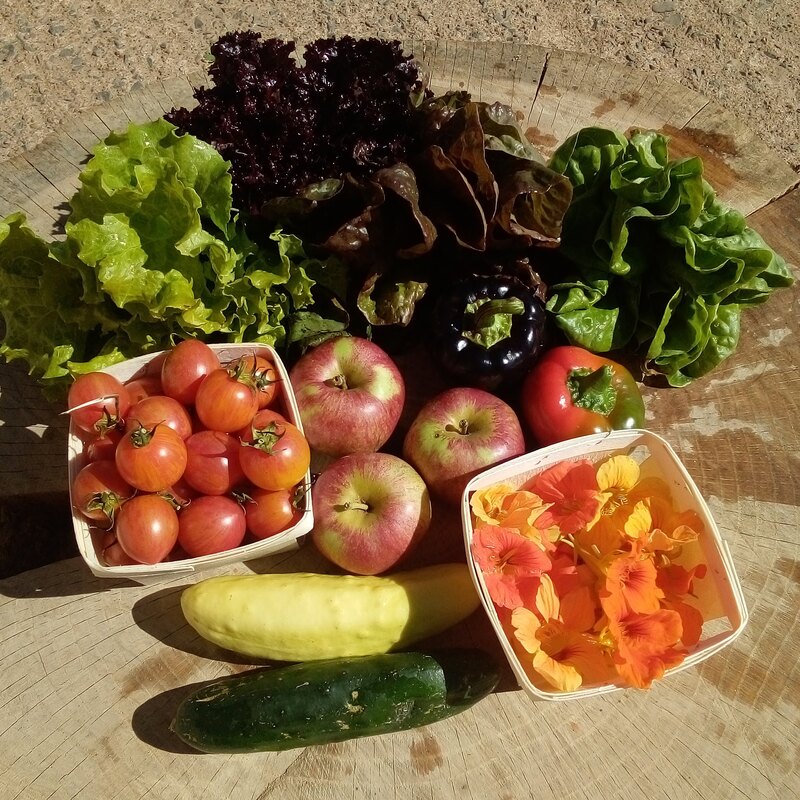
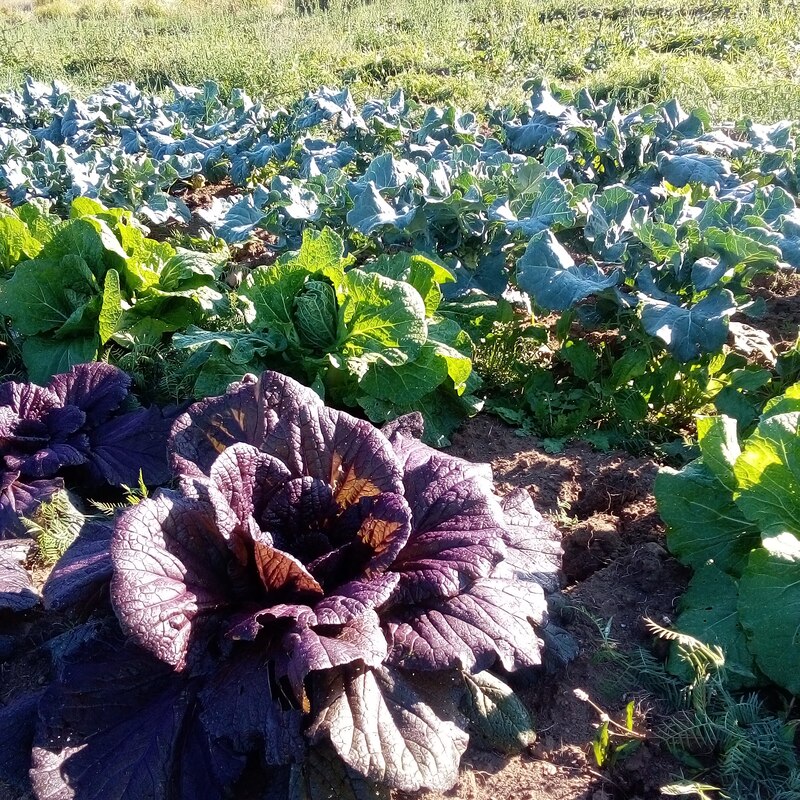
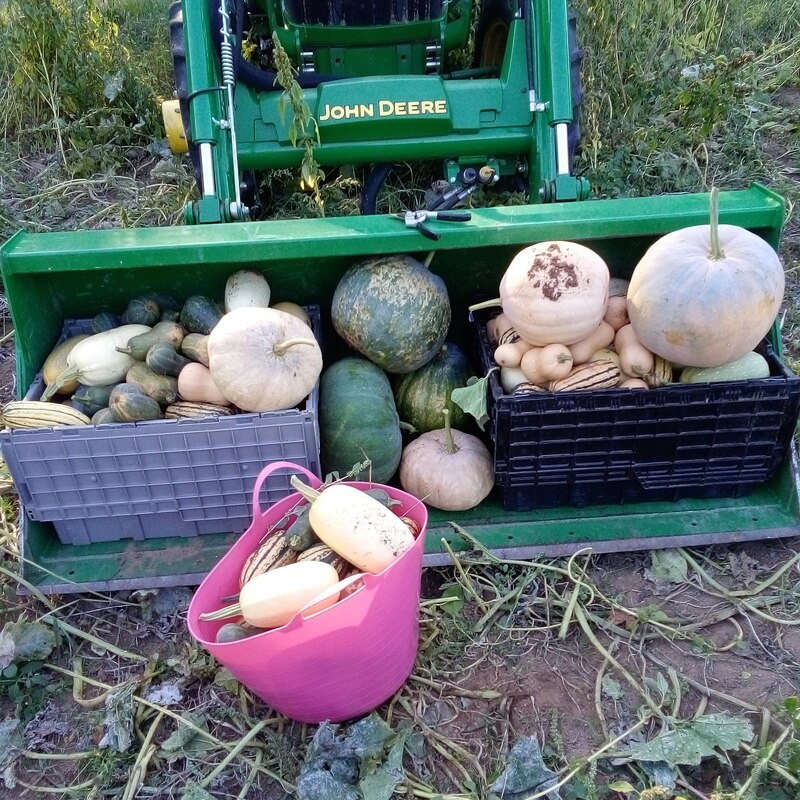
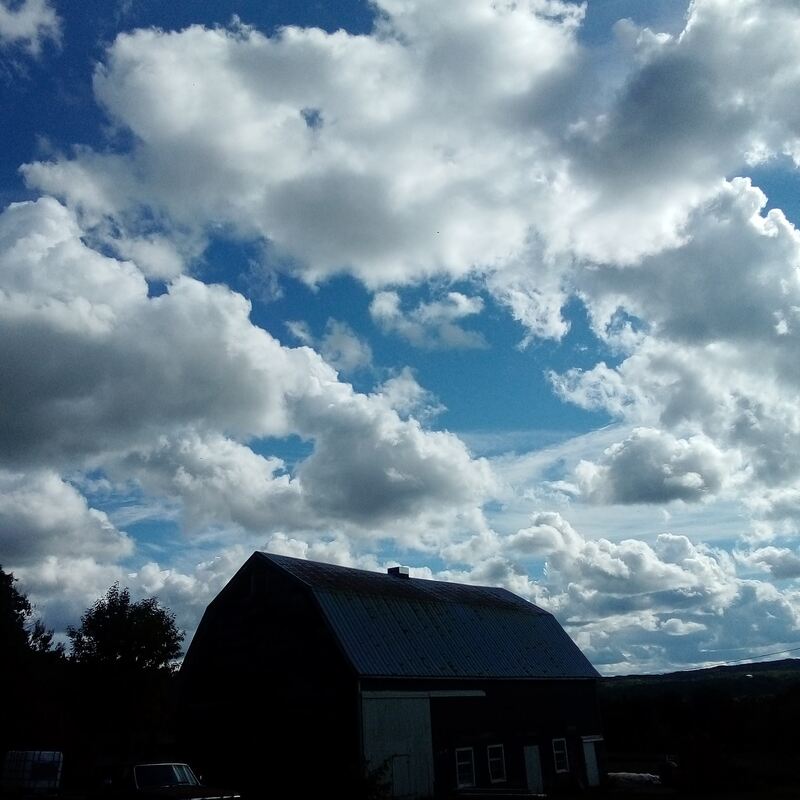
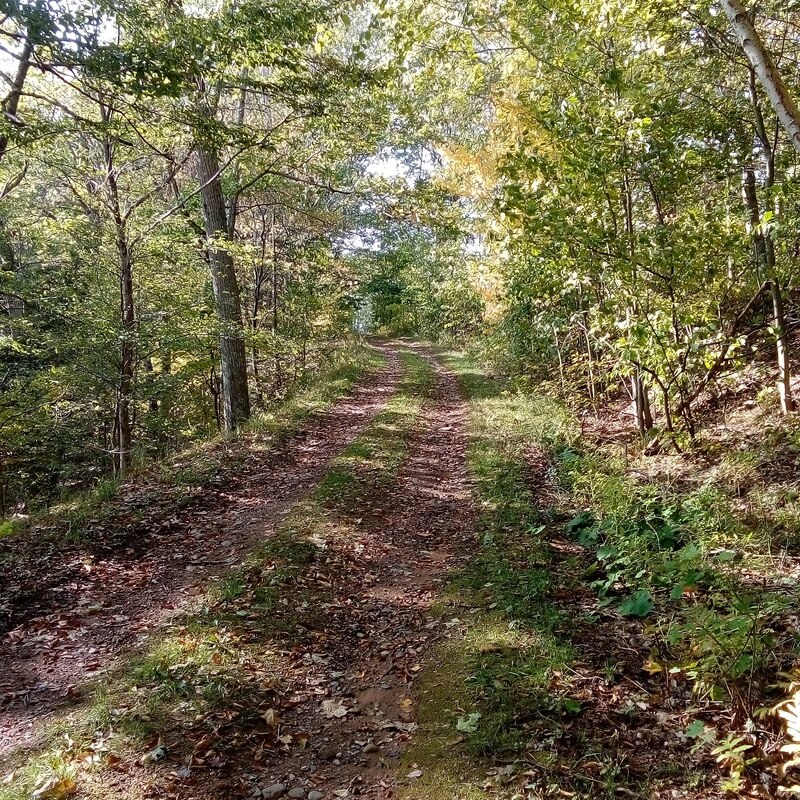
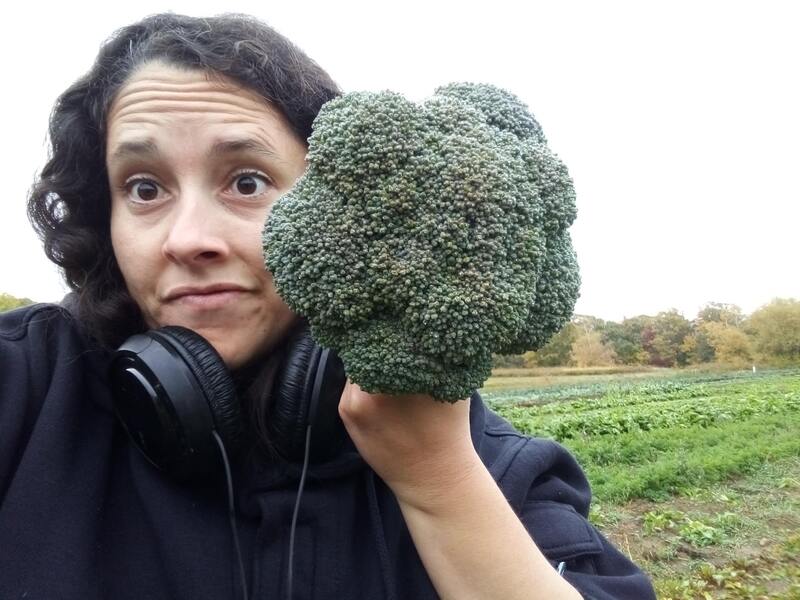
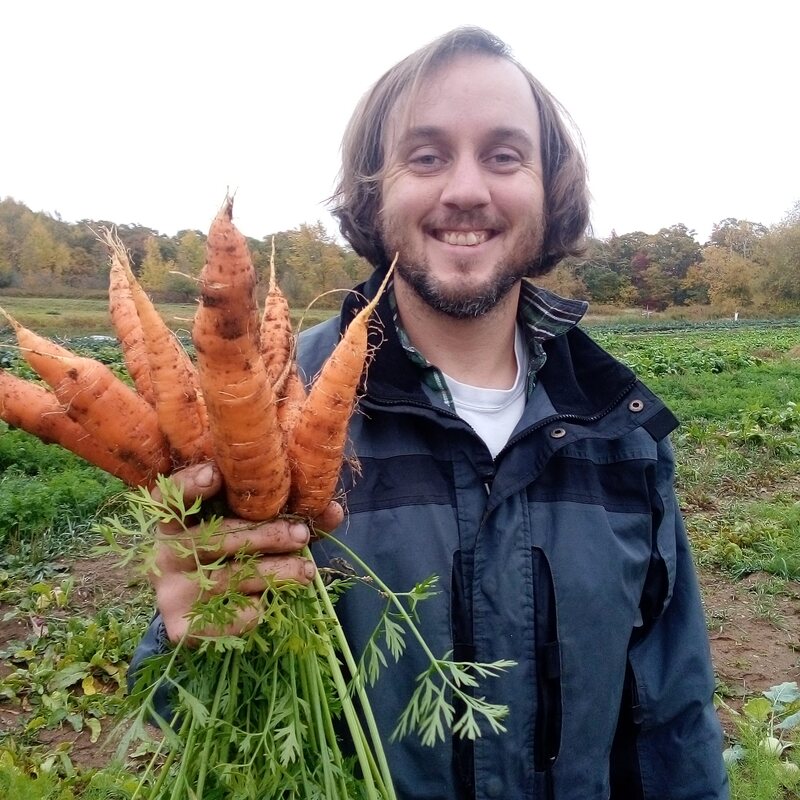
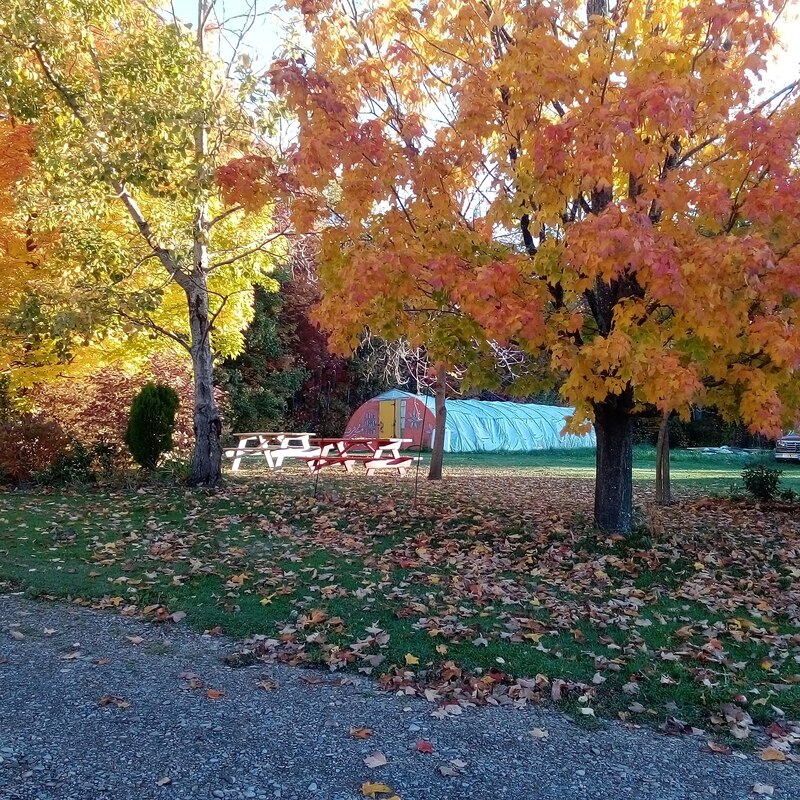
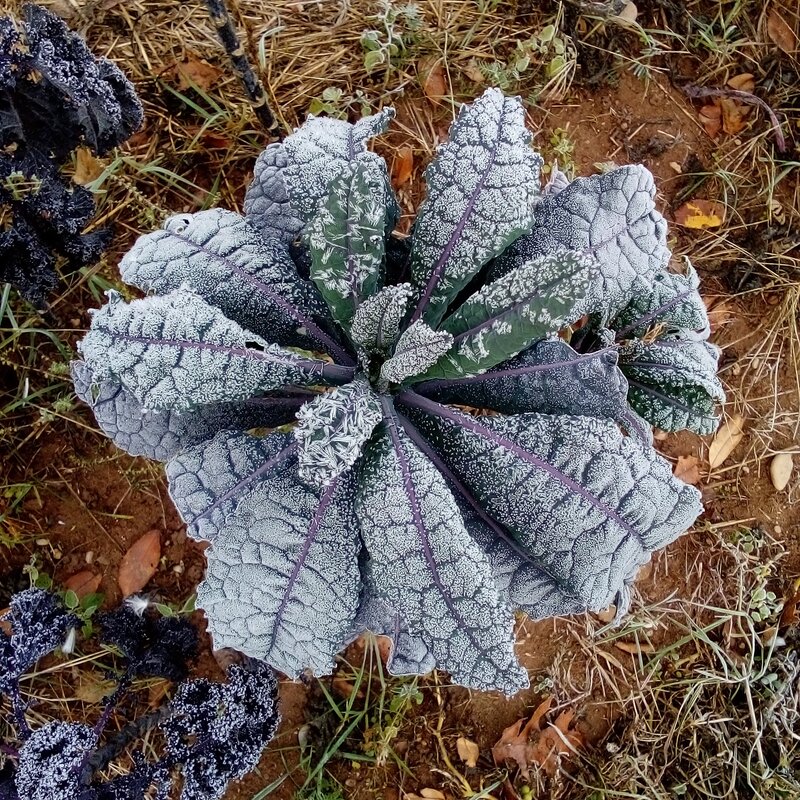
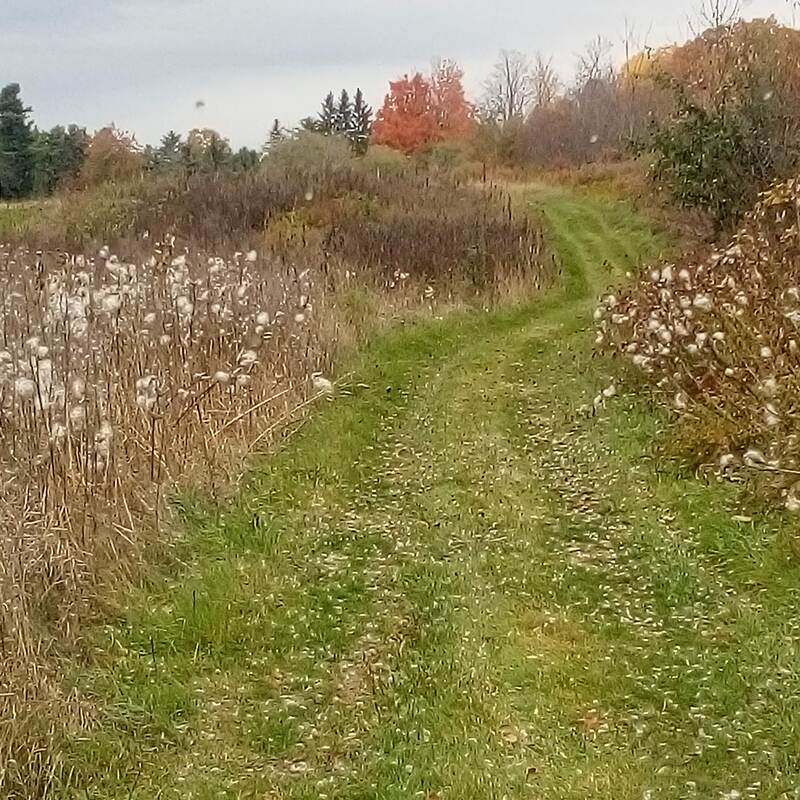
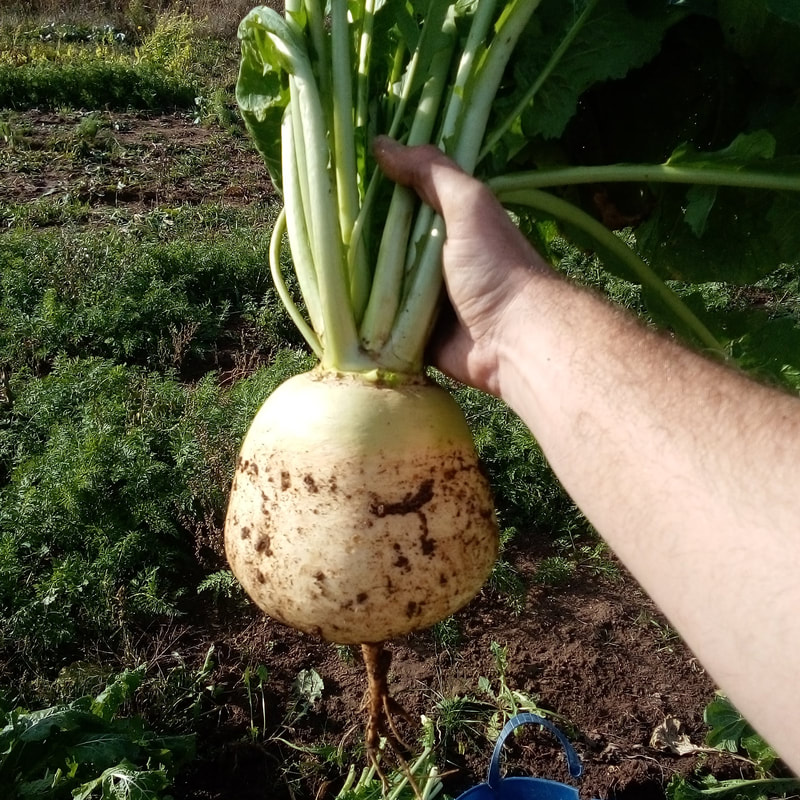
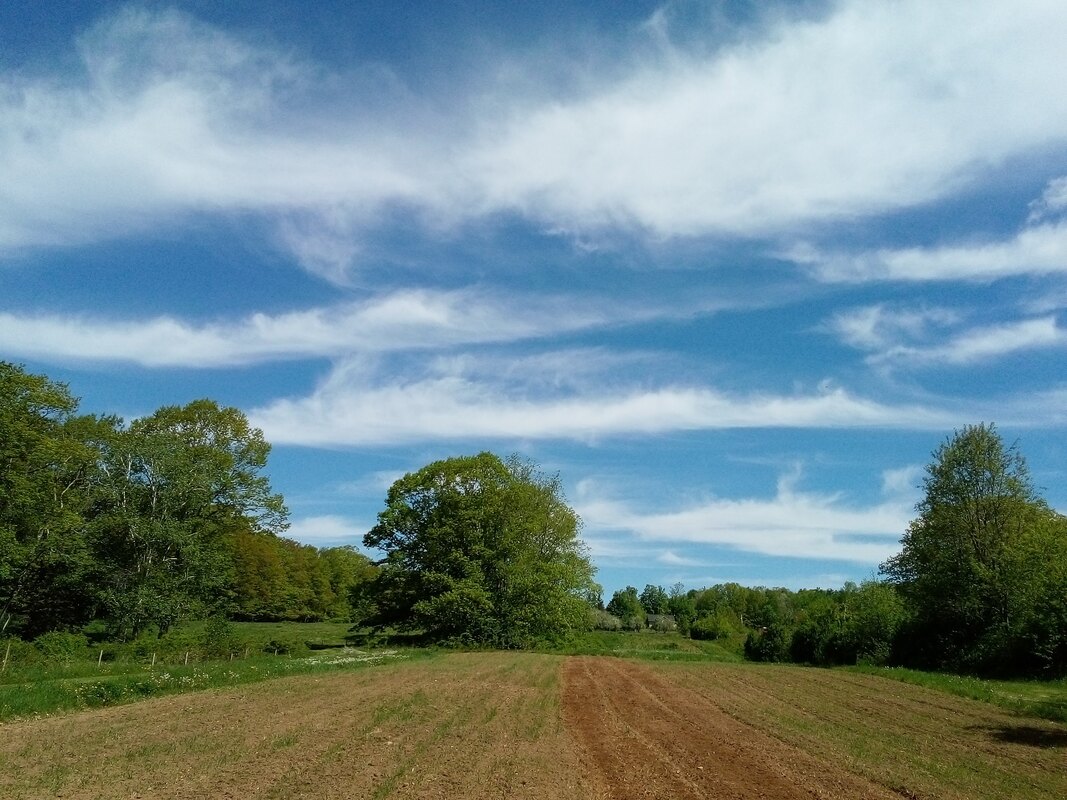
 RSS Feed
RSS Feed